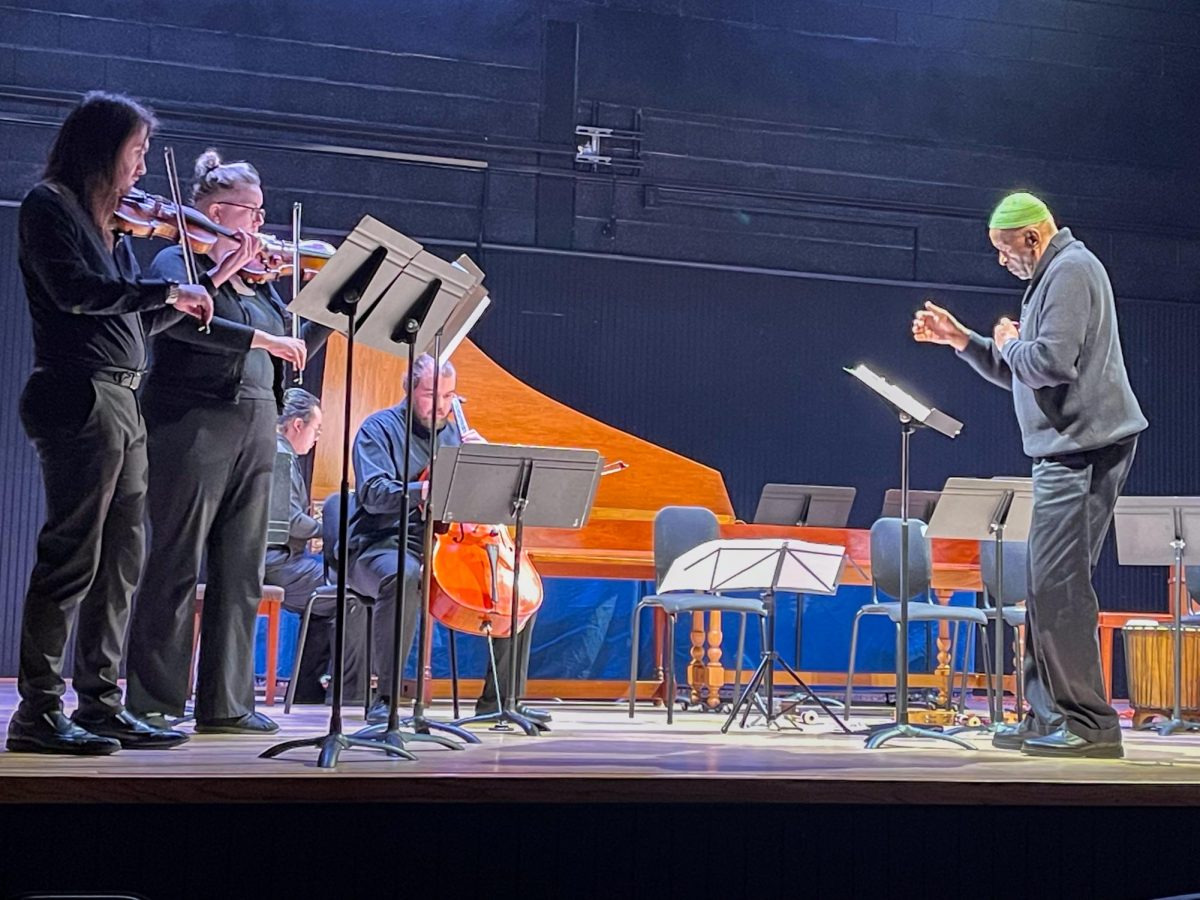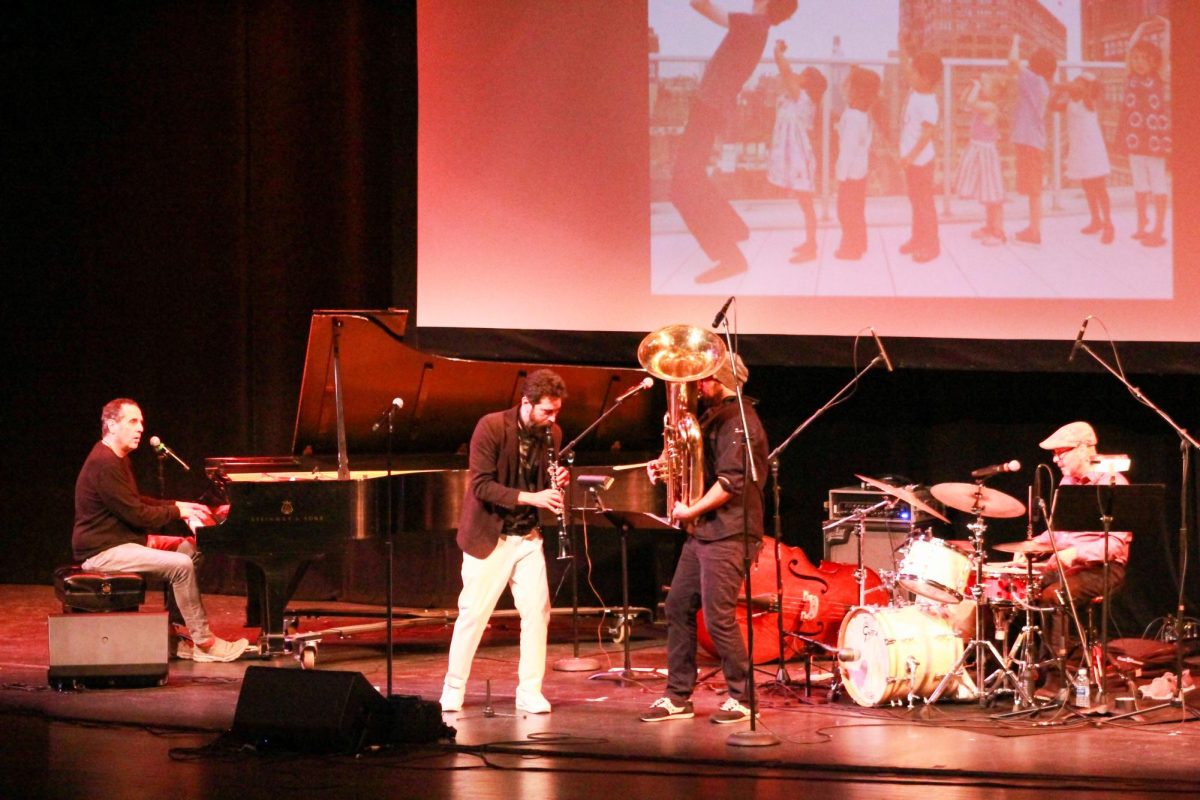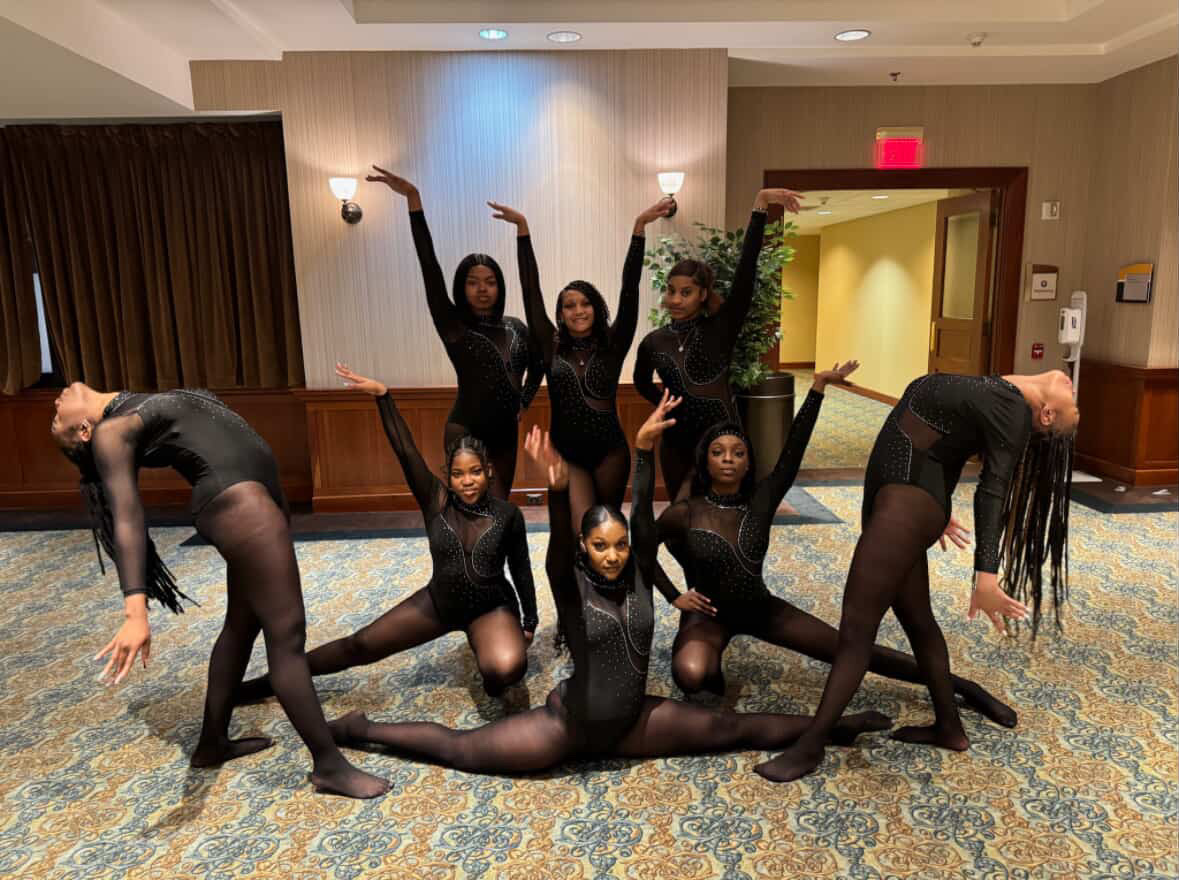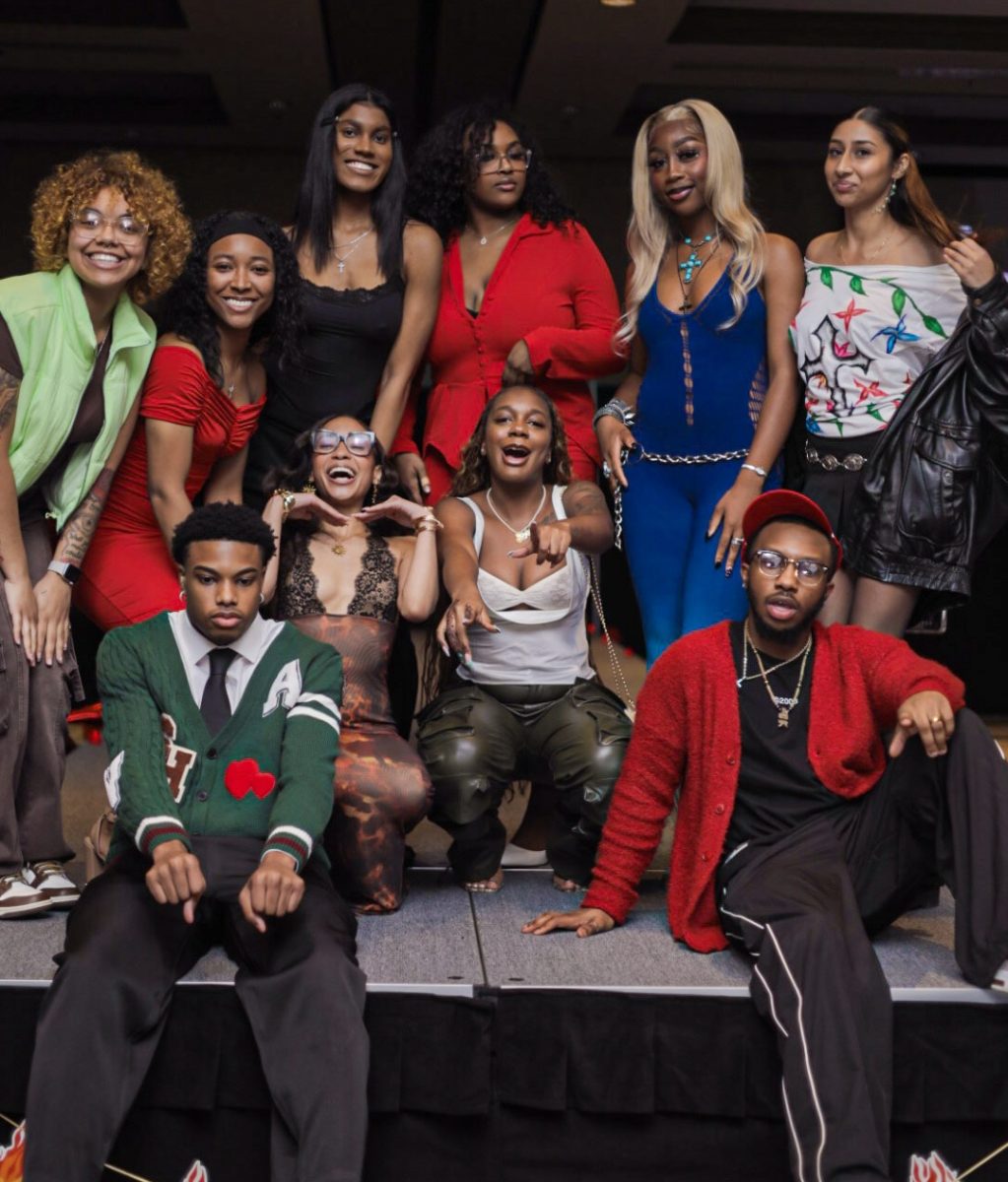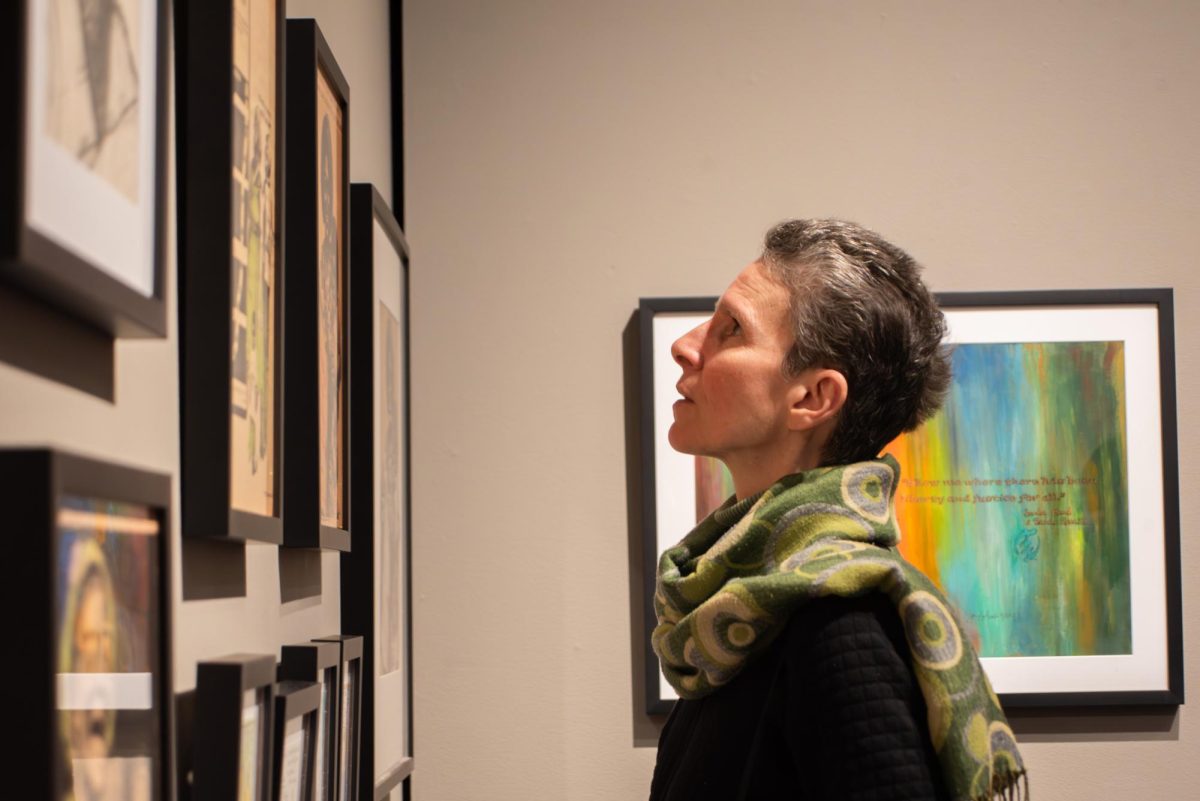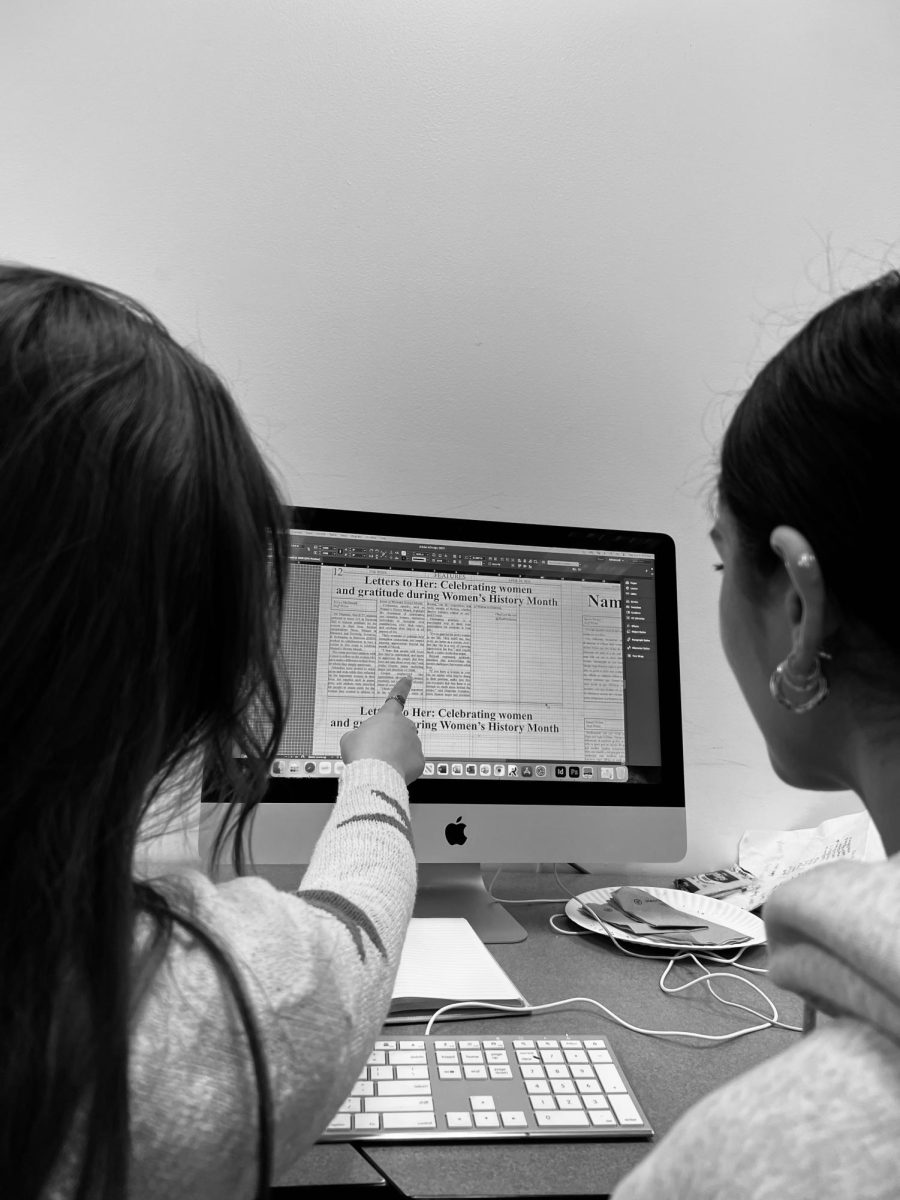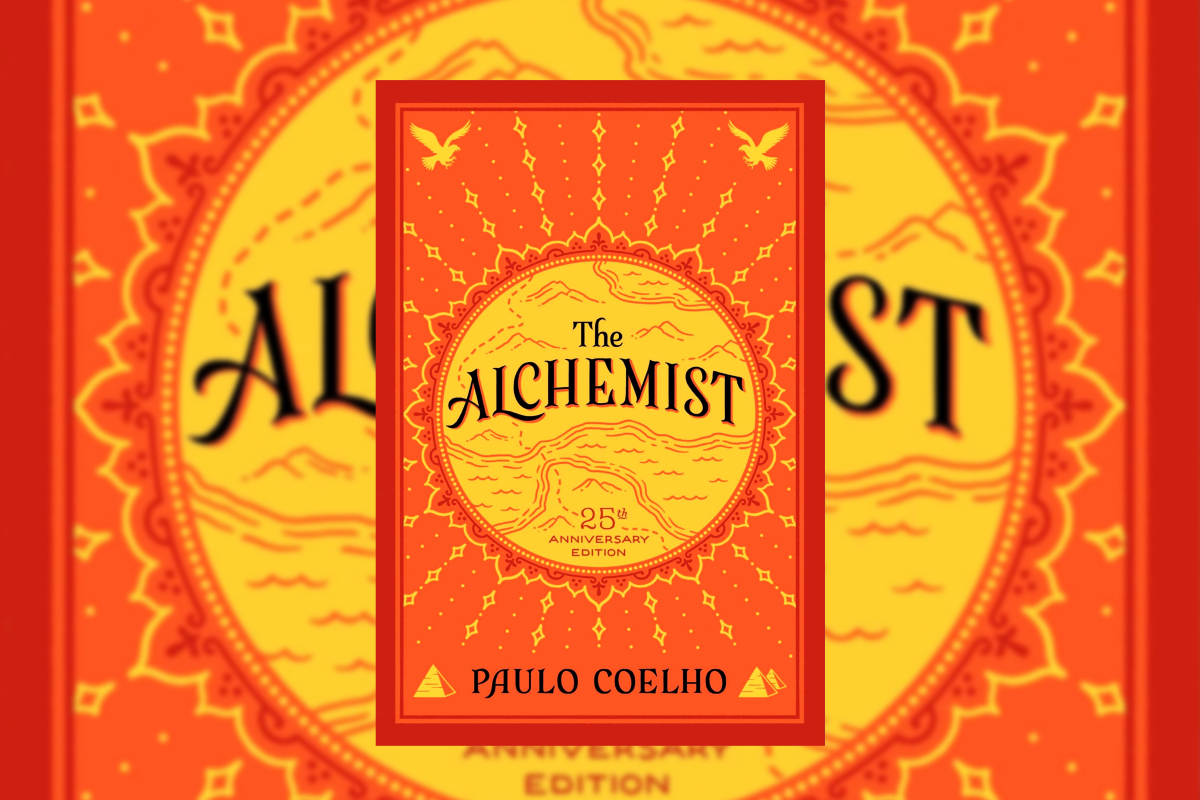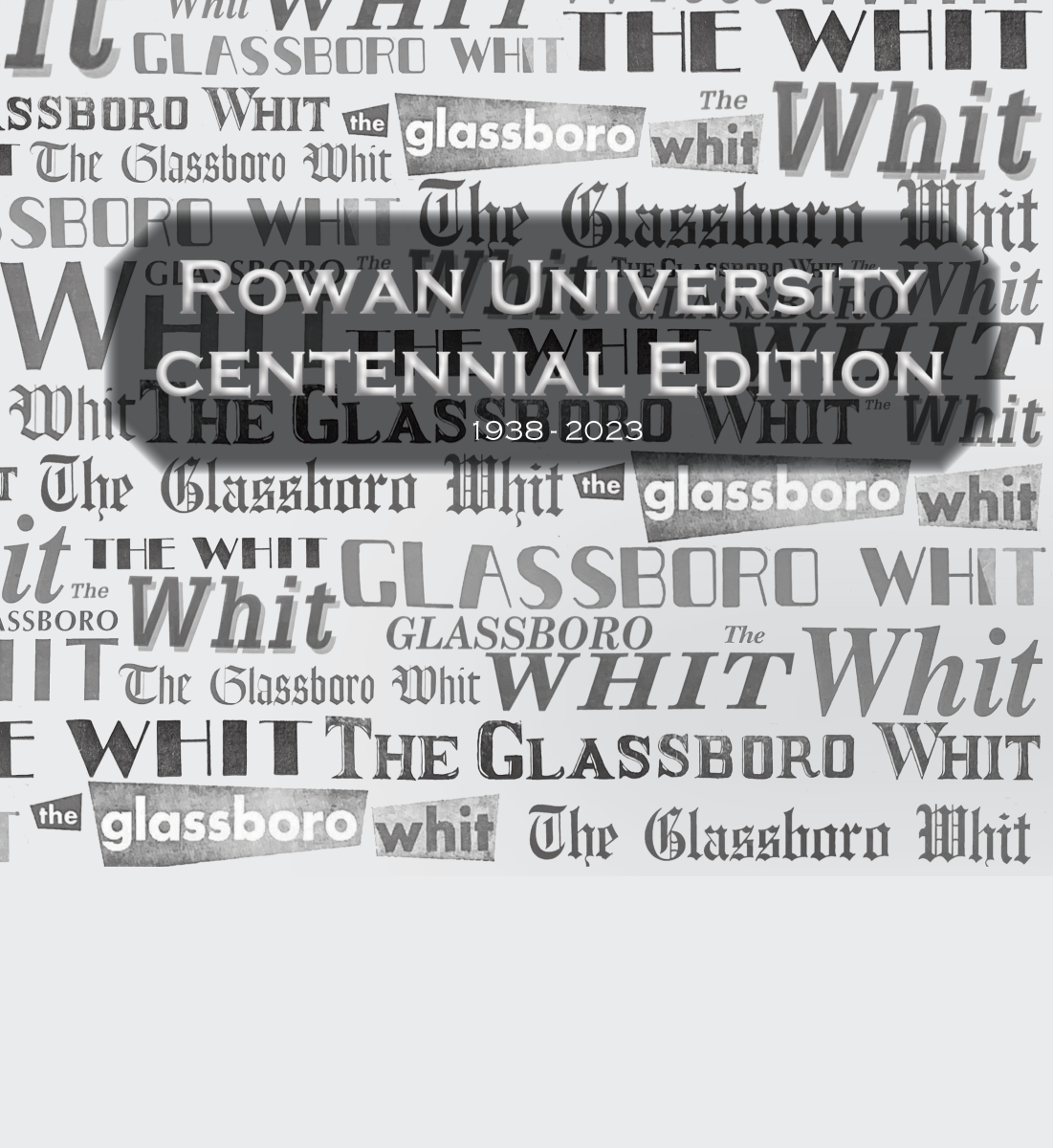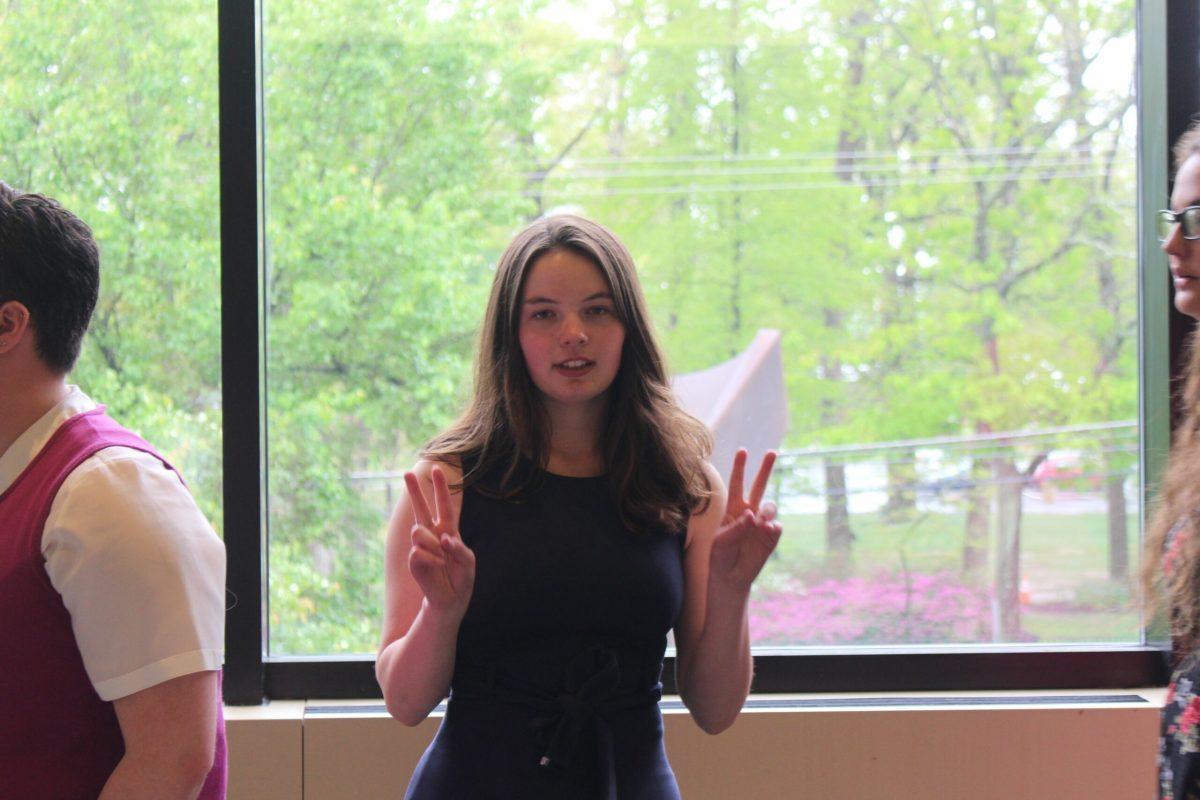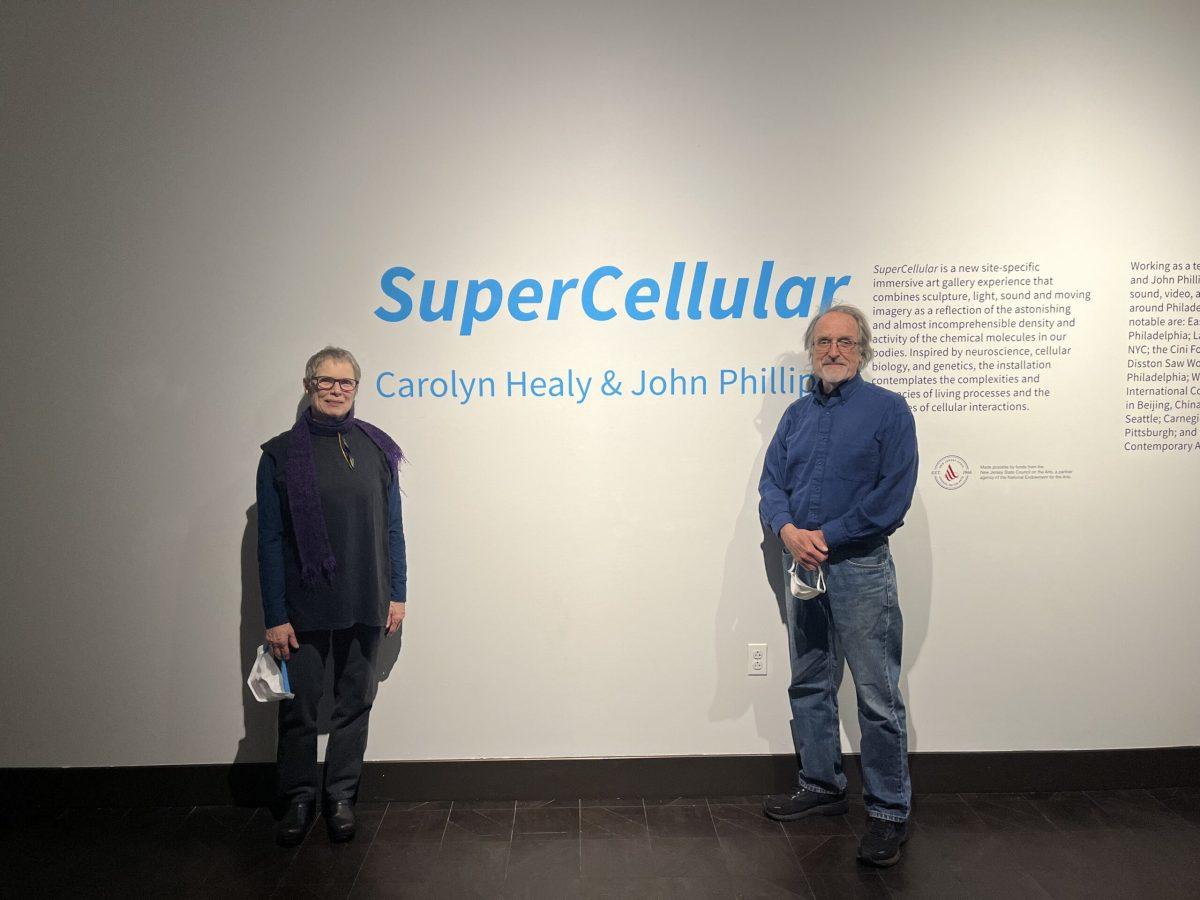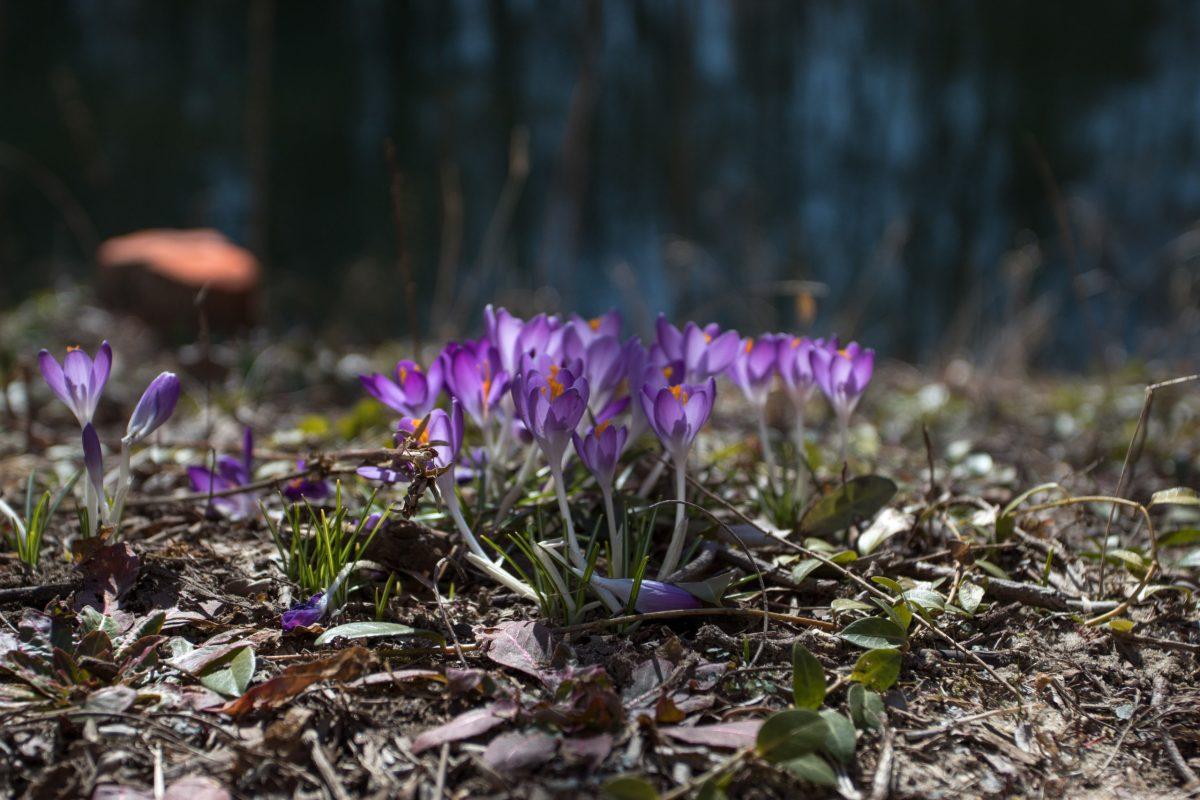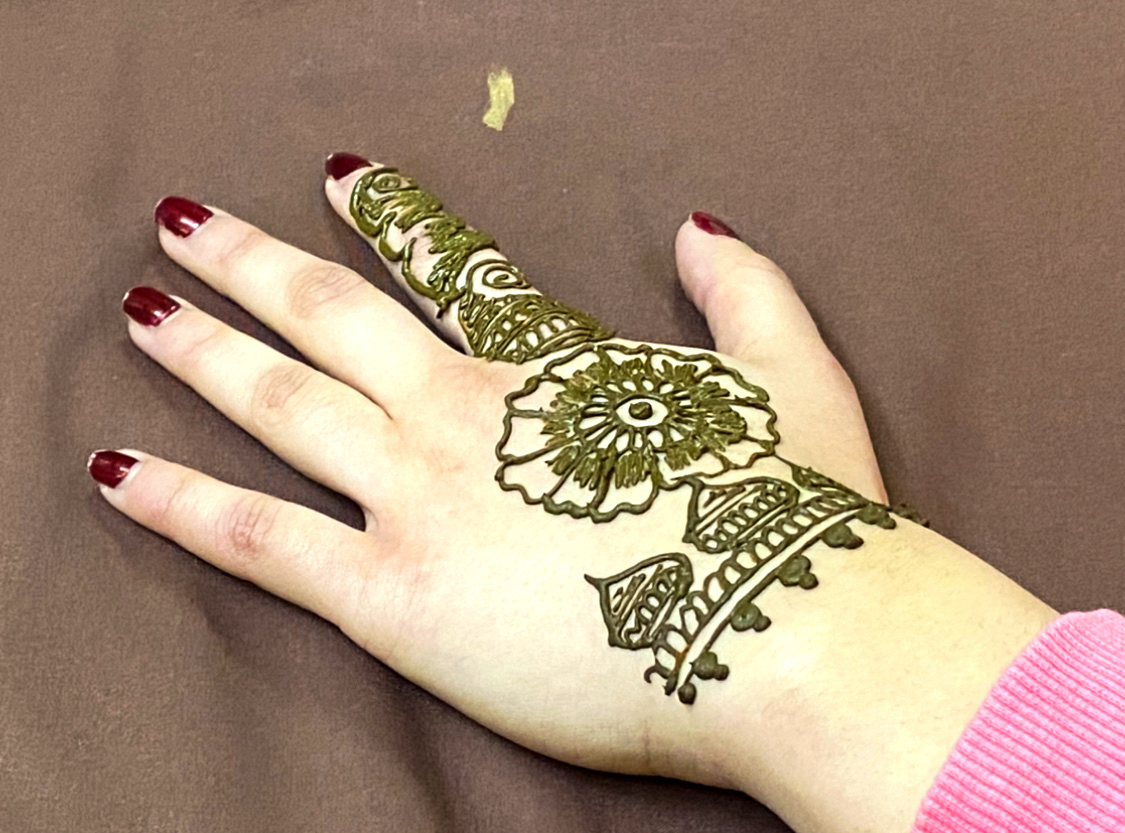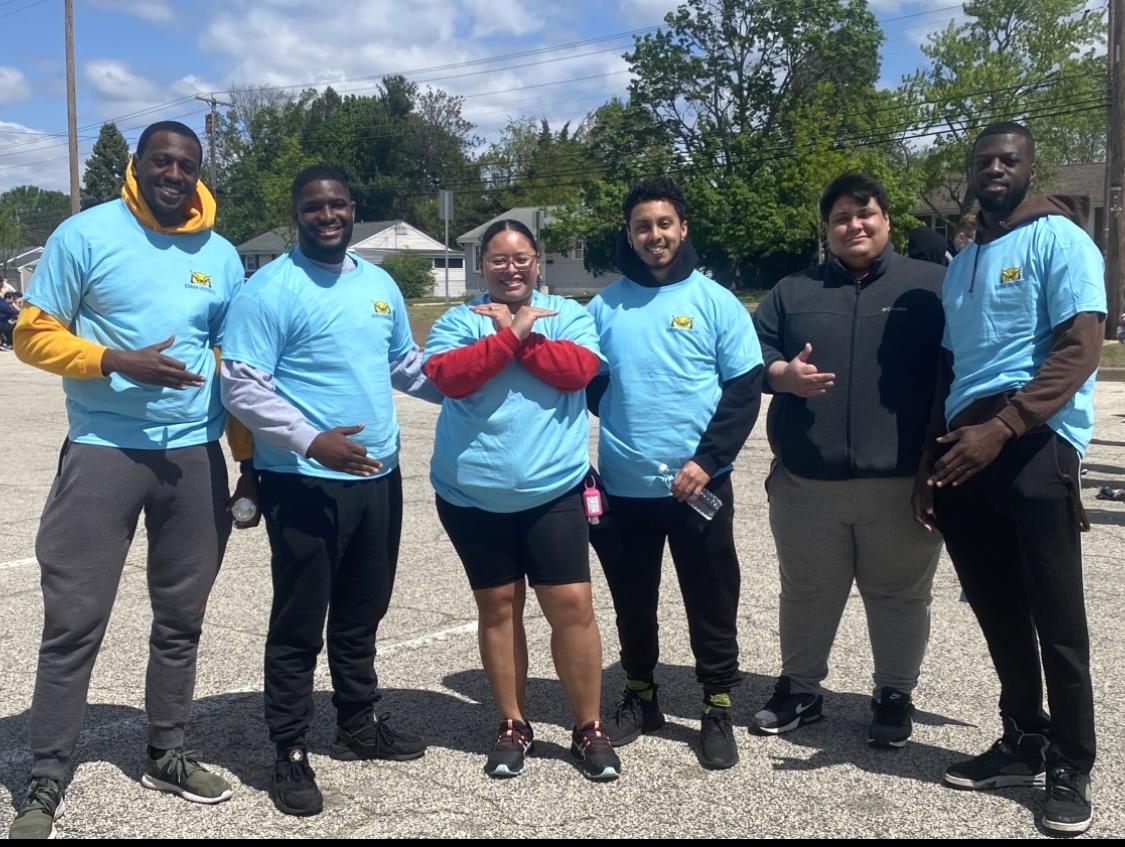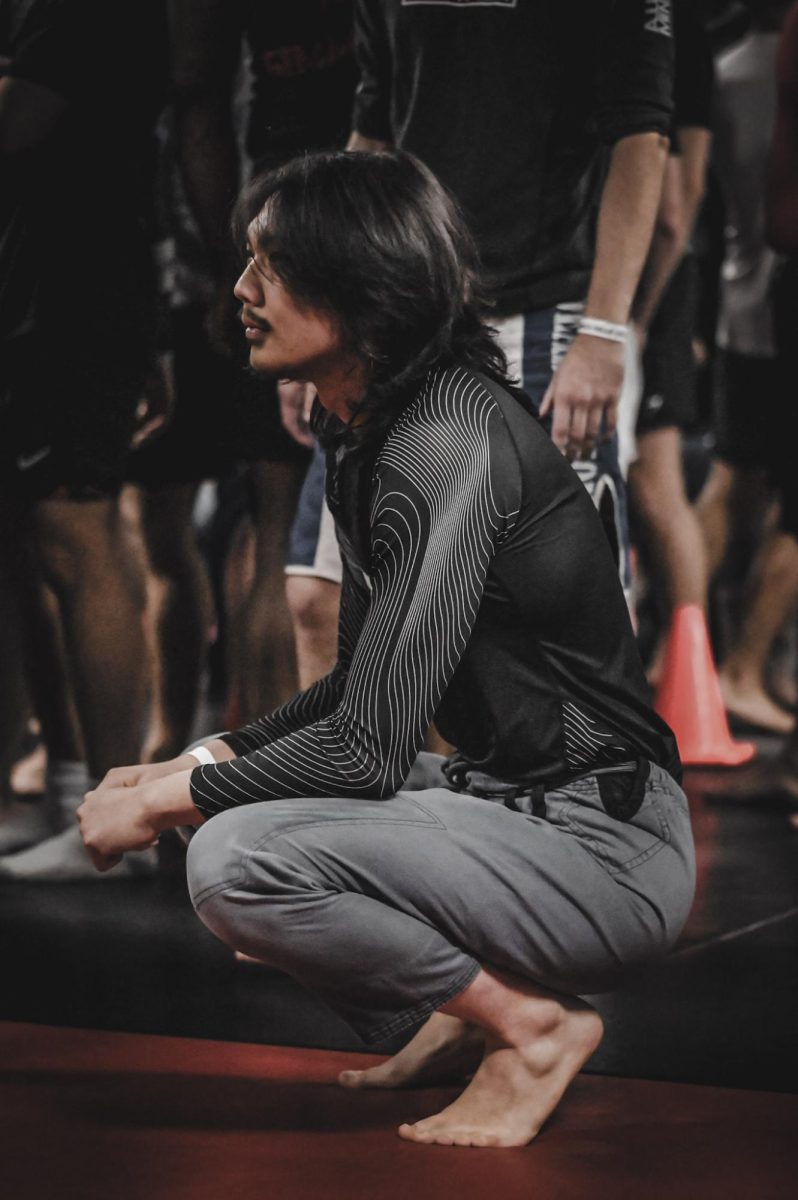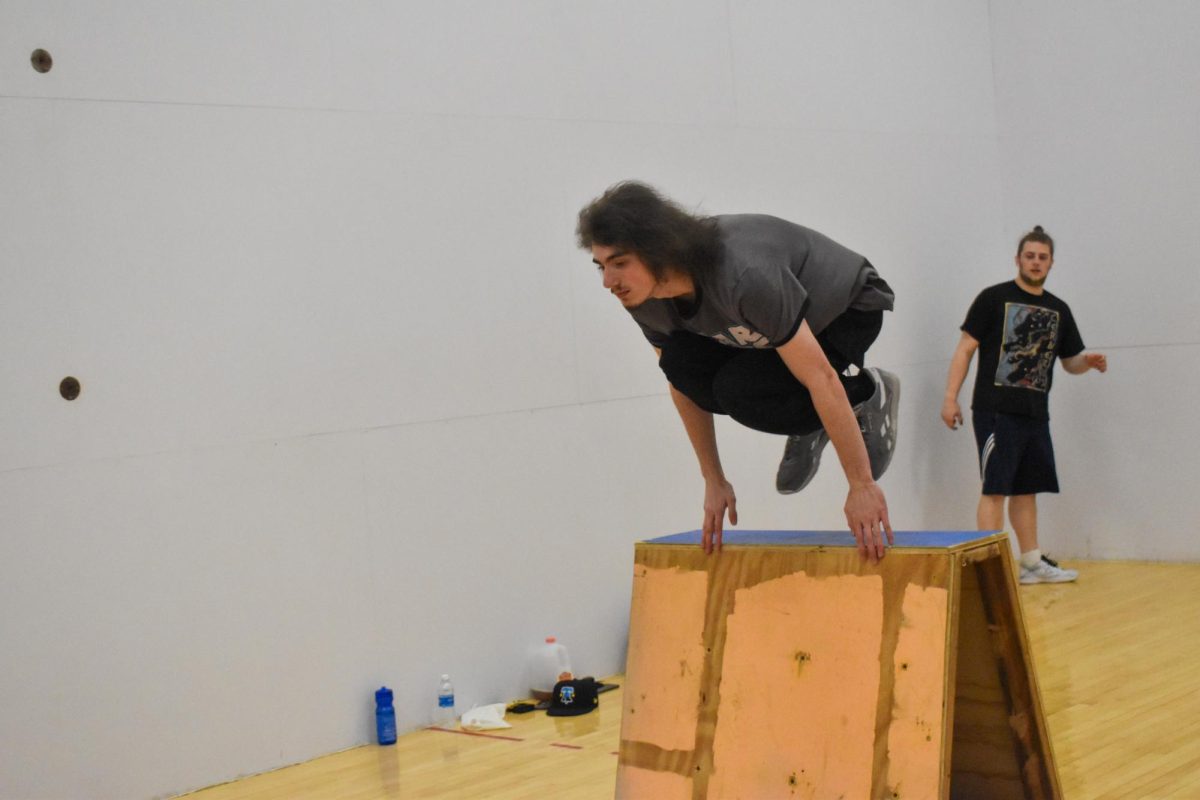Hindu YUVA set up a henna table at the End-of-Semester Study Break, and the turnout was sizable. On Thursday, April 17, the Chamberlain Student Center hosted the event in the pit, featuring food and various cultural tables arranged. It offered Rowan students a glimpse into other cultural practices and traditions and provided much-needed relief from their studies.
The ancient art of henna (or ‘mehndi’ in Urdu and Hindi) has existed for more than 5,000 years in parts of Asia, Africa, and the Middle East. In its early days, henna was mixed into a thick paste and applied to the palms and soles of the feet to protect them from extreme heat. Once people discovered that it left a brown stain on the skin, it wasn’t long before the herb was employed for more decorative purposes.
Since those early days, henna has proven to be an effective sunscreen, a treatment for scars, and a means of promoting individuality.
More importantly, henna is utilized in Ayurvedic medicine. This all-natural Hindu medicinal approach treats ailments with herbs and spices rather than chemicals and has existed since the second century BCE.
“It’s a part of our tradition. We do it on auspicious occasions like festivals, marriages, or any kind of event we celebrate. So, basically, we are doing henna [for celebrations]; we consider it [for] good health, prosperity, and happiness. It’s kind of [like] jewelry; it enhances our beauty, so we just love doing it,” said 19-year-old freshman in computer science and secretary of Hindu YUVA, Sneha Gupta.
Gupta explained the importance of henna and why she enjoys the practice.
“Henna holds a tradition for us. I love doing henna because I just love the way my hand looks, and I love the smell, but actually, it’s a type of celebration that we women do. It’s an ornament in our Hindu culture, every woman loves doing henna. It’s very much fun, we all sit together and do it. It does hold a big place for us. I love it when people of all cultures enjoy henna,” said Gupta. “We are all international students, and we are all having fun. It’s a good study break. I’m really excited about henna, and I’m really excited for my performance.”
Minutes later, she took to the floor and performed a semi-classical Hindu dance to a mashup of songs.
“In our culture, we traditionally perform [this dance],” said Gupta. The dance is called Kathak. In this traditional North Indian dance, the main focus is on the dancer’s feet, and the footwork is elaborate.
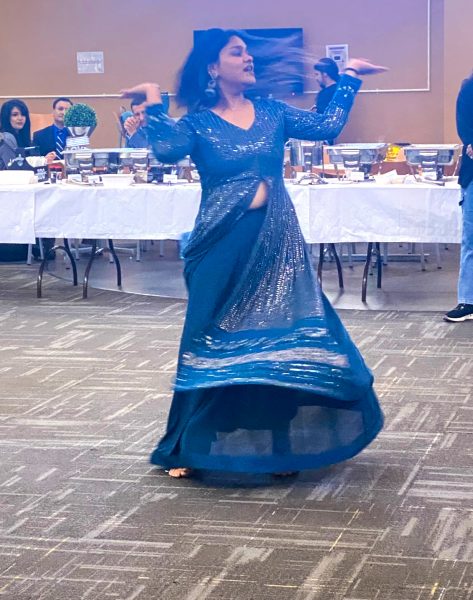
Tradition holds that a Lord Krishna devotee saw Lord Krishna in a dream, and he told her to create the dance. Lo and behold, Ishwari, the devotee, created Kathak and passed it down through her family line. The dance encapsulates the love between Lord Krishna, Radha, and the milkmaids. It’s all a bit heavy.
People lined up to get a henna design applied by one of the henna artists. The artists included Diya Patel, a 21-year-old senior majoring in bioscience and president of Hindu YUVA, as well as 18-year-old freshman Palak Raswant, who is majoring in computer science.
Learning to apply henna designs is almost a birthright for women in India.
“In Hindu culture, every girl loves doing it; most of us have at least a little bit of skills doing it,” said Gupta.
Patel explained what henna means to her and how she started.
“I’ve been doing this since my childhood,” said Patel. “I started doing designs, and I just like doing it as an art. My grandmother used to love it. I used to do it on her hand, freehand, and that’s how I improved my skills,” said Patel. “We think it brings good energy, good vibes.”
Interestingly, nearly everyone at the table, not from a henna-using culture, shared the same reason: they’ve always wanted to try it.
“I really like the designs, and so I wanted some,” said Gabrielle Lassey, a 19-year-old freshman majoring in nursing.
The same goes for 19-year-old freshman Nhyira Essien, who is majoring in biochemistry.
“I’ve just wanted to do it for a long time,” said Essien.
The event united students from diverse cultures and ages for a cultural exchange. More importantly, it offered international students from regions where henna is part of their cultural identity a taste of home.
“[Henna] is part of our culture…I come from Nepal, so it’s like part of my home. I love the color on the hand,” said 18-year-old Nirwana Bhattarai, a freshman double majoring in international studies and environmental and sustainability studies. “I do miss home, but then it’s like we have all of these events like the Holi, the henna, the New Year’s celebration, and everything like that, so we have a little bit of home here.”
For comments/questions about this story DM us on Instagram @thewhitatrowan or email [email protected]

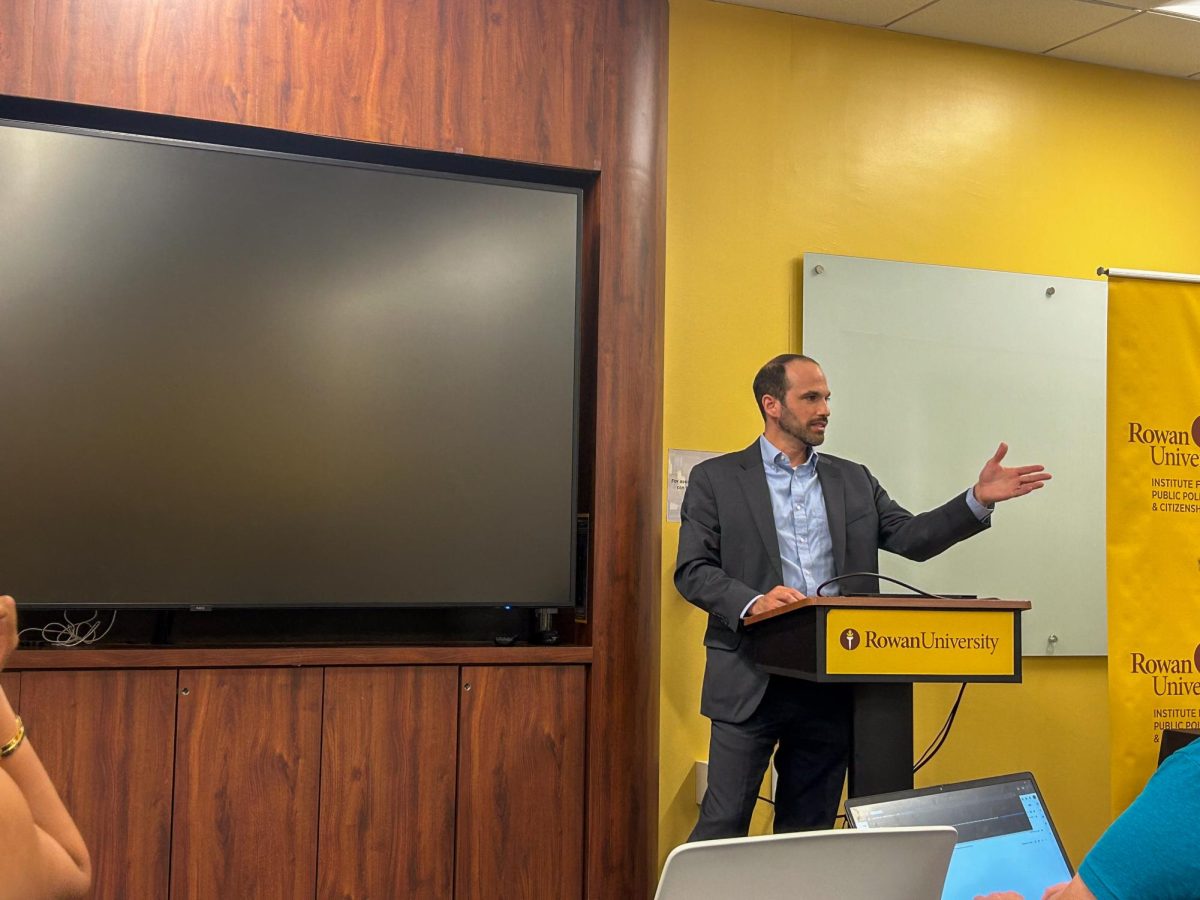

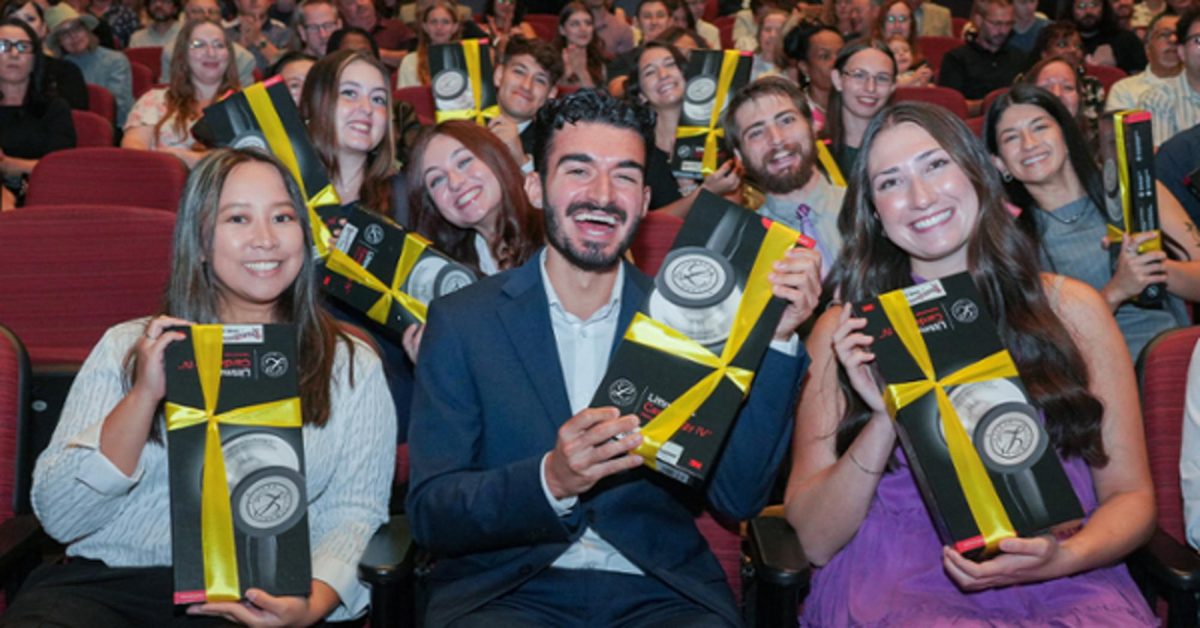
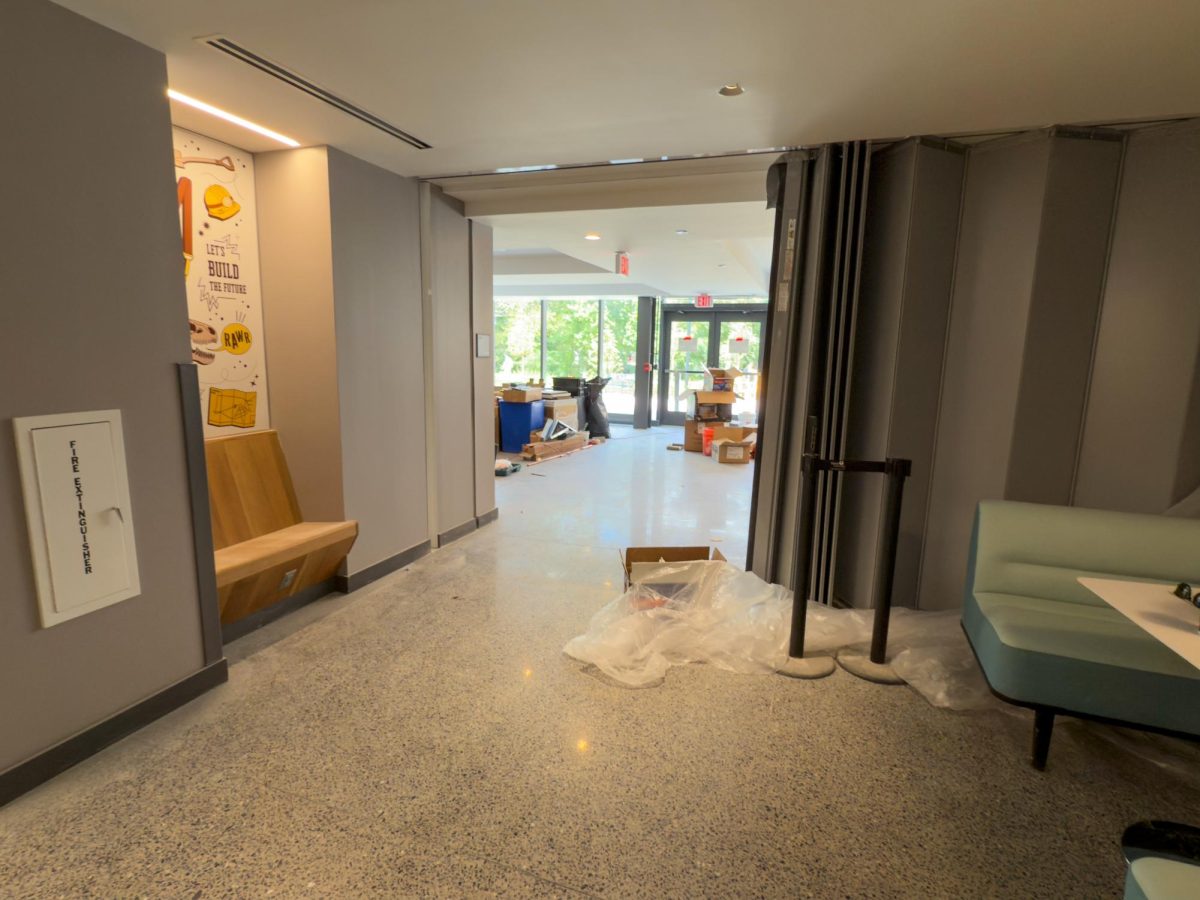

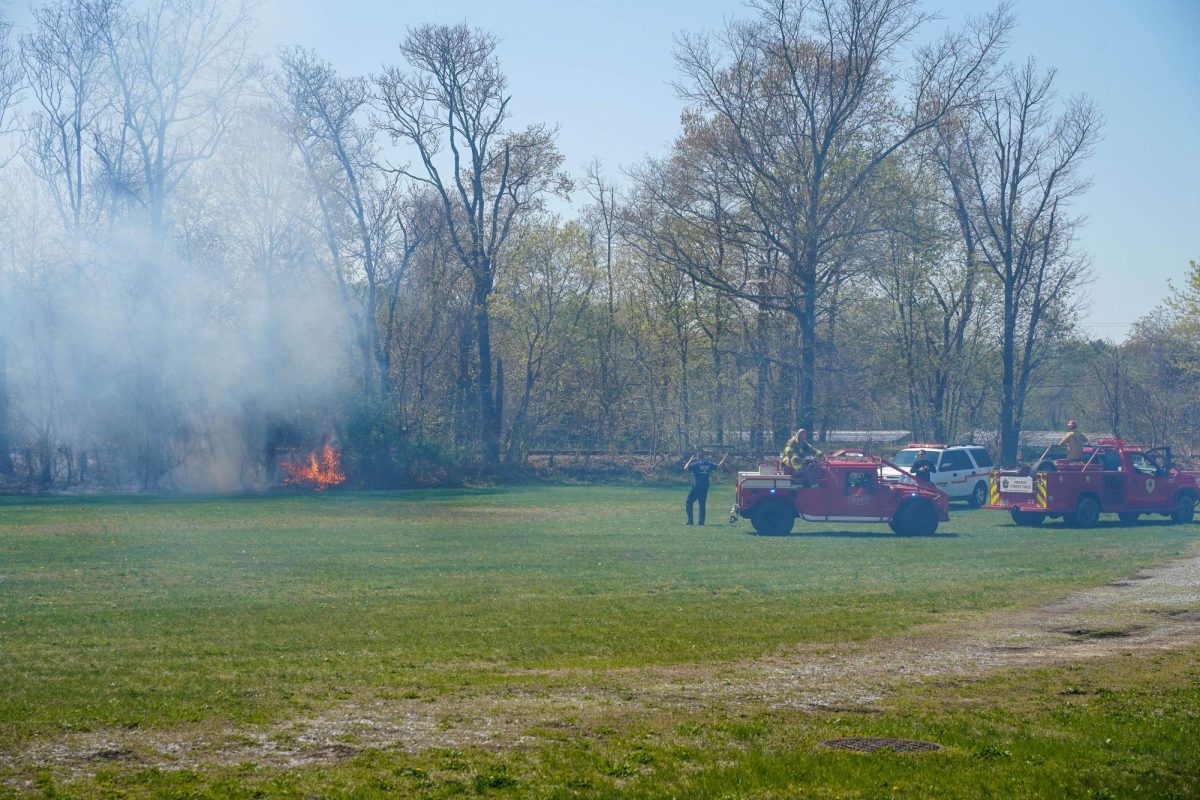





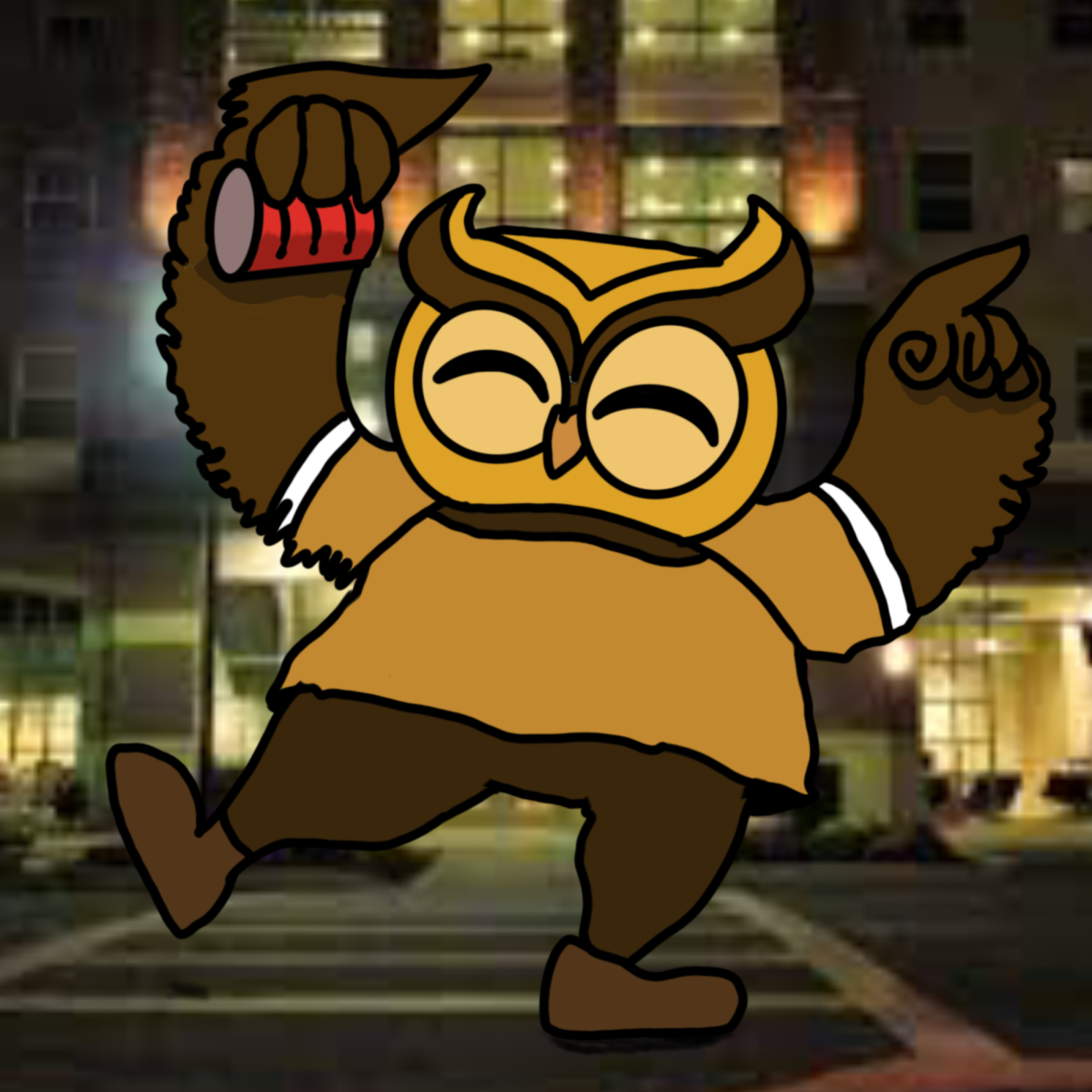


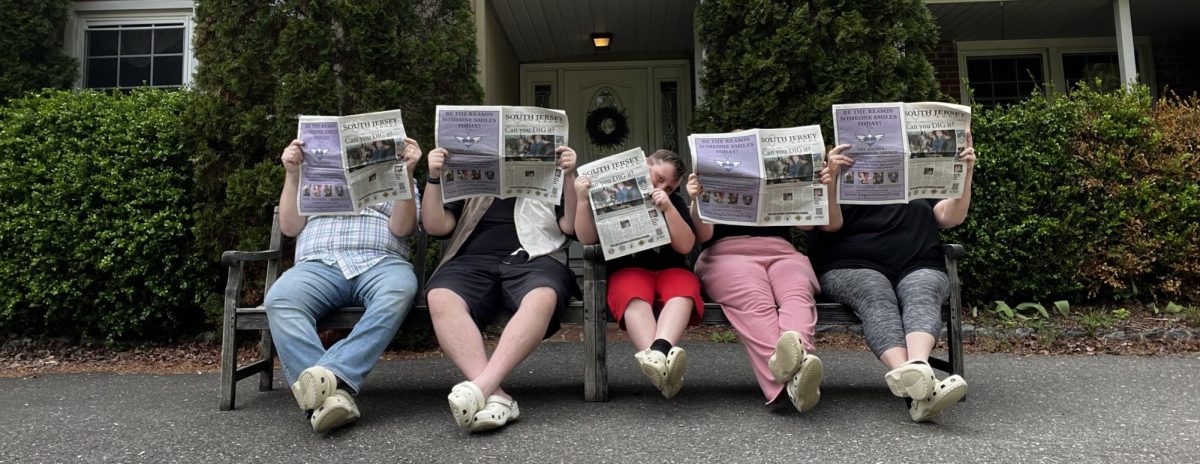




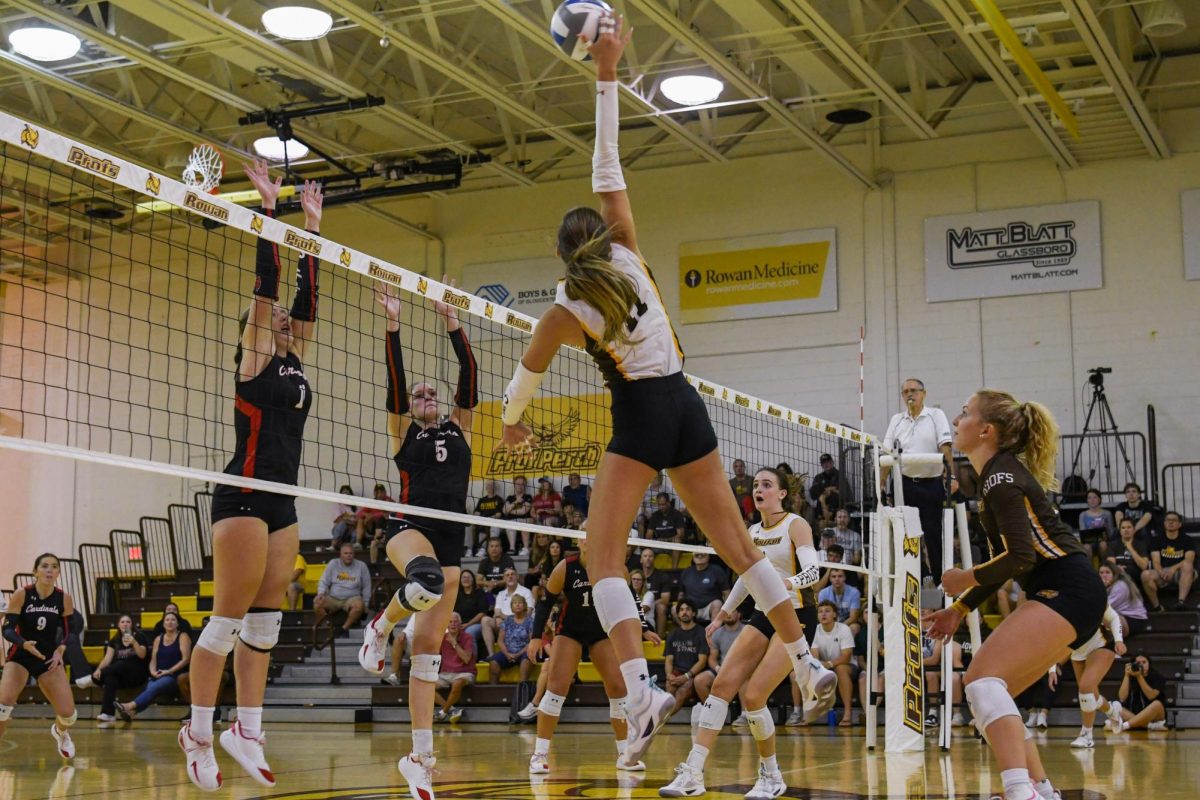


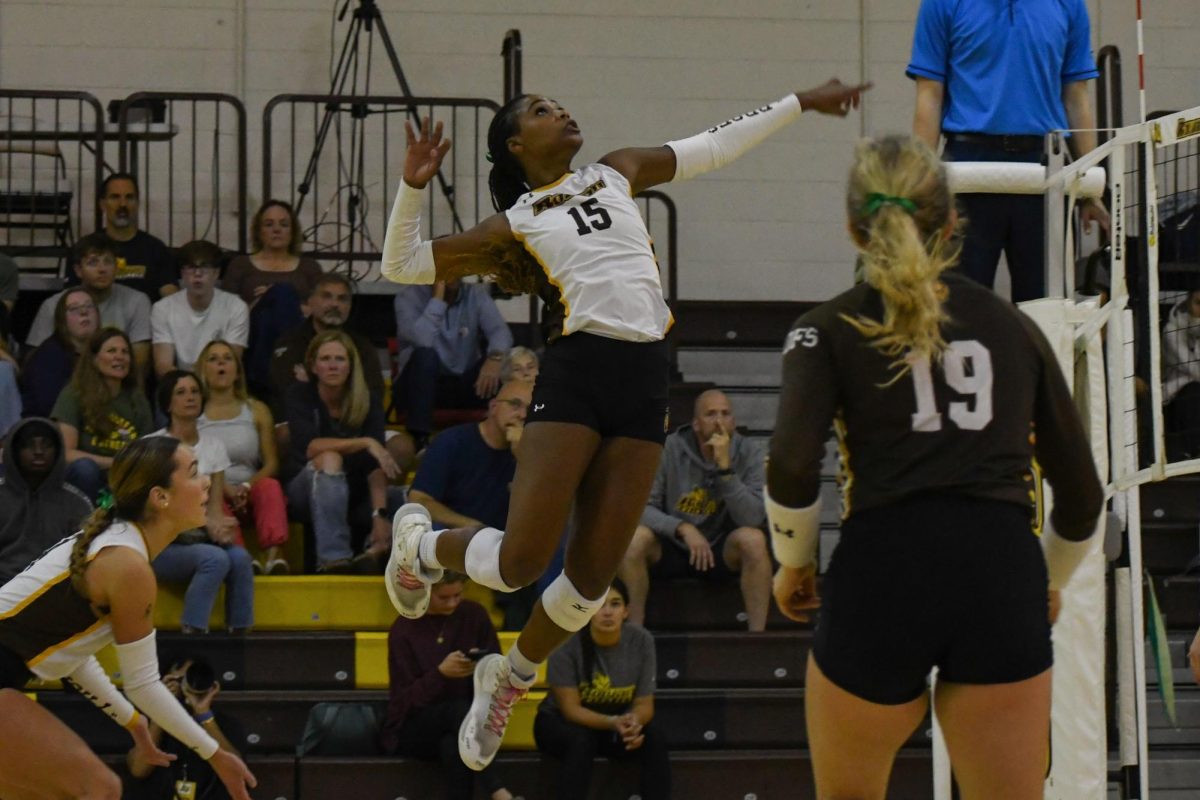



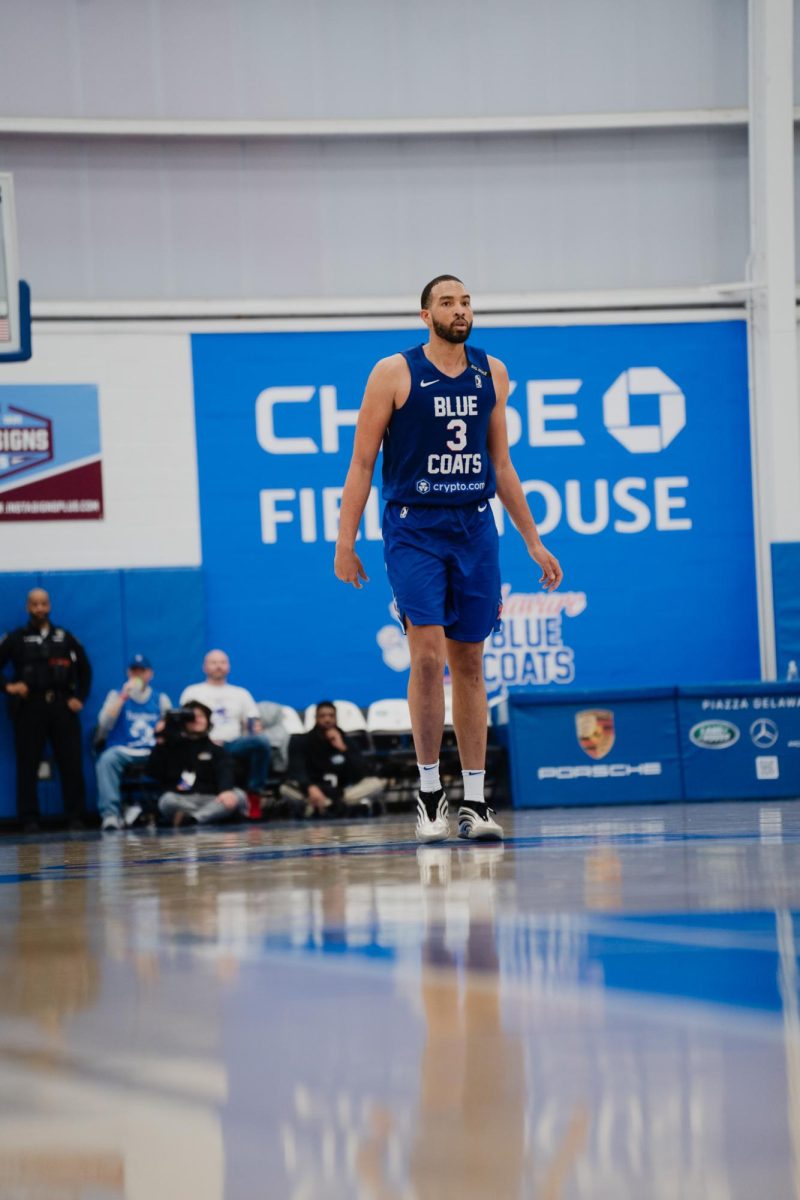




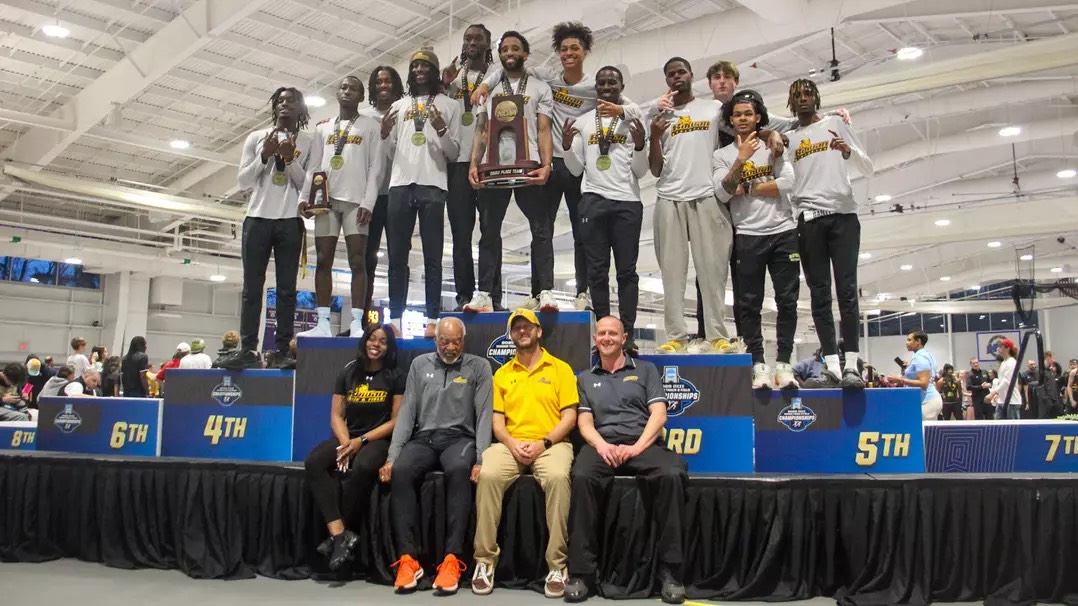






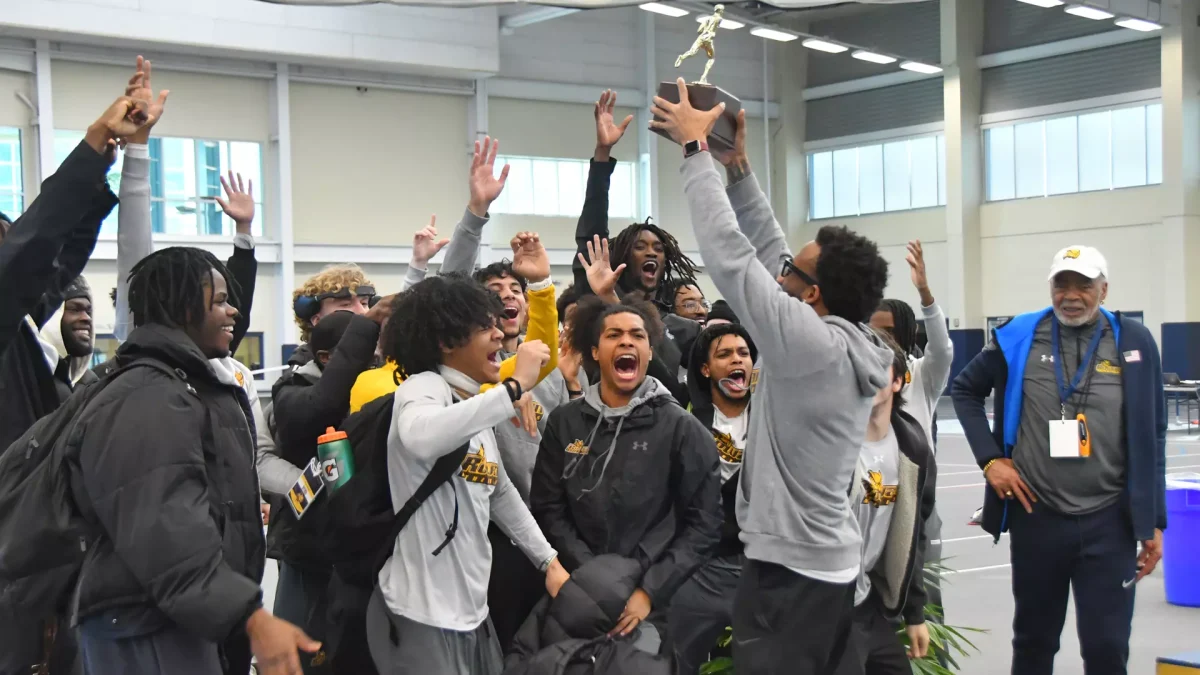

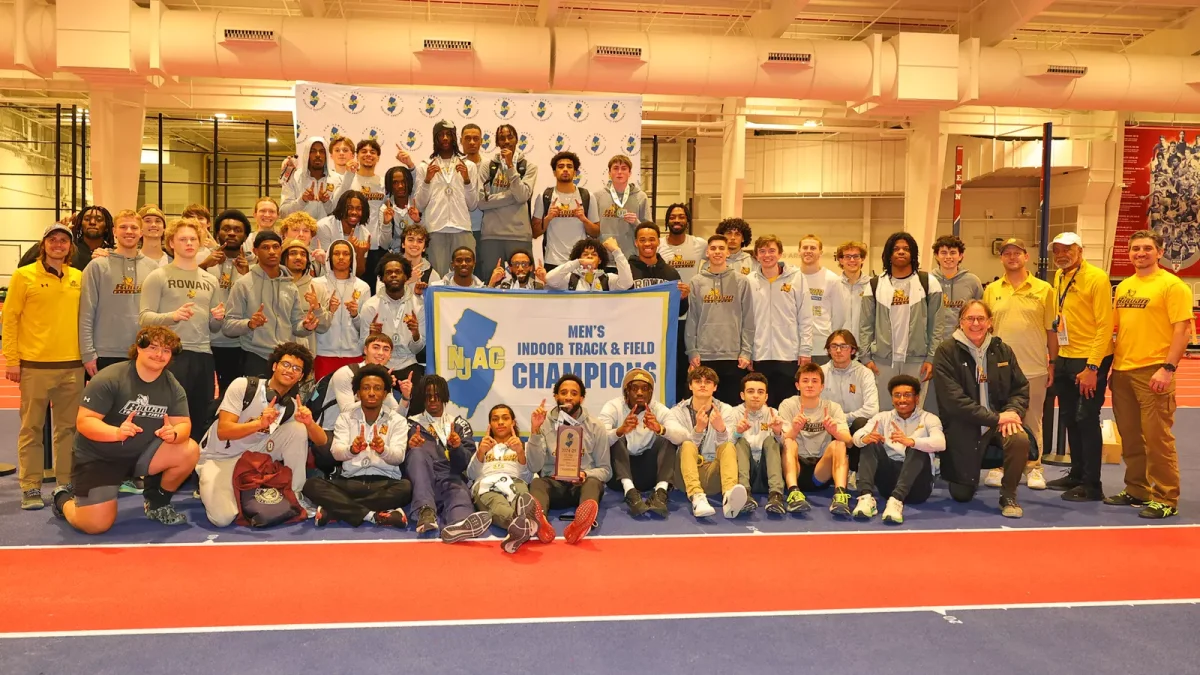

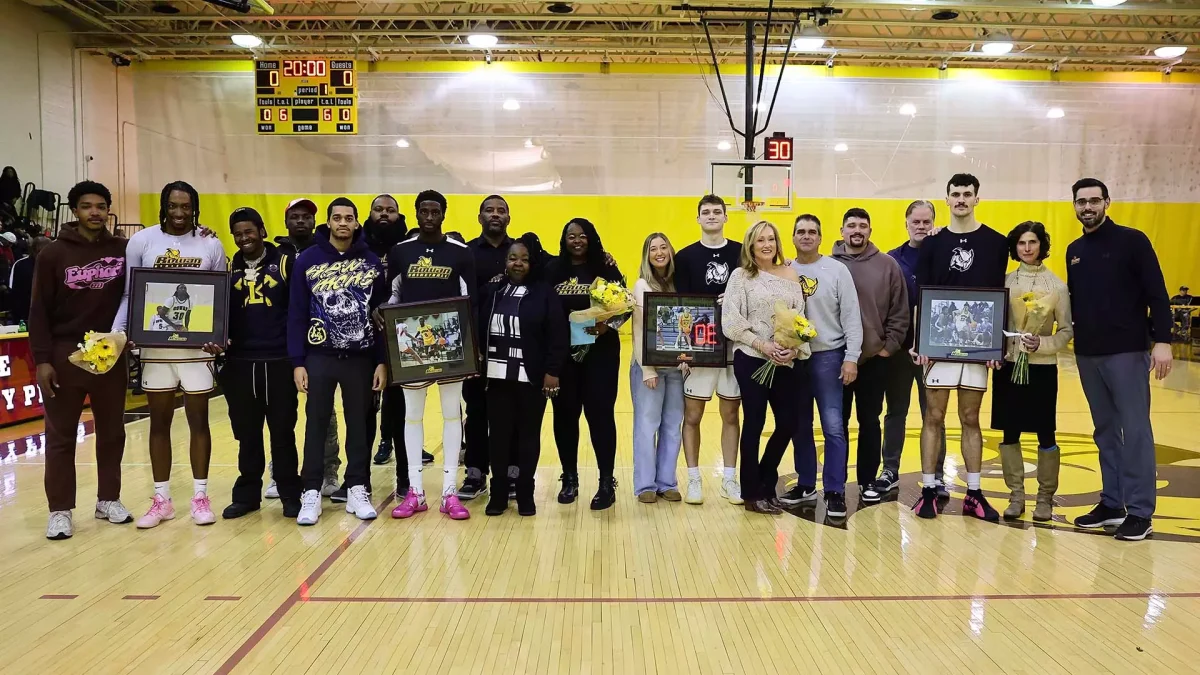




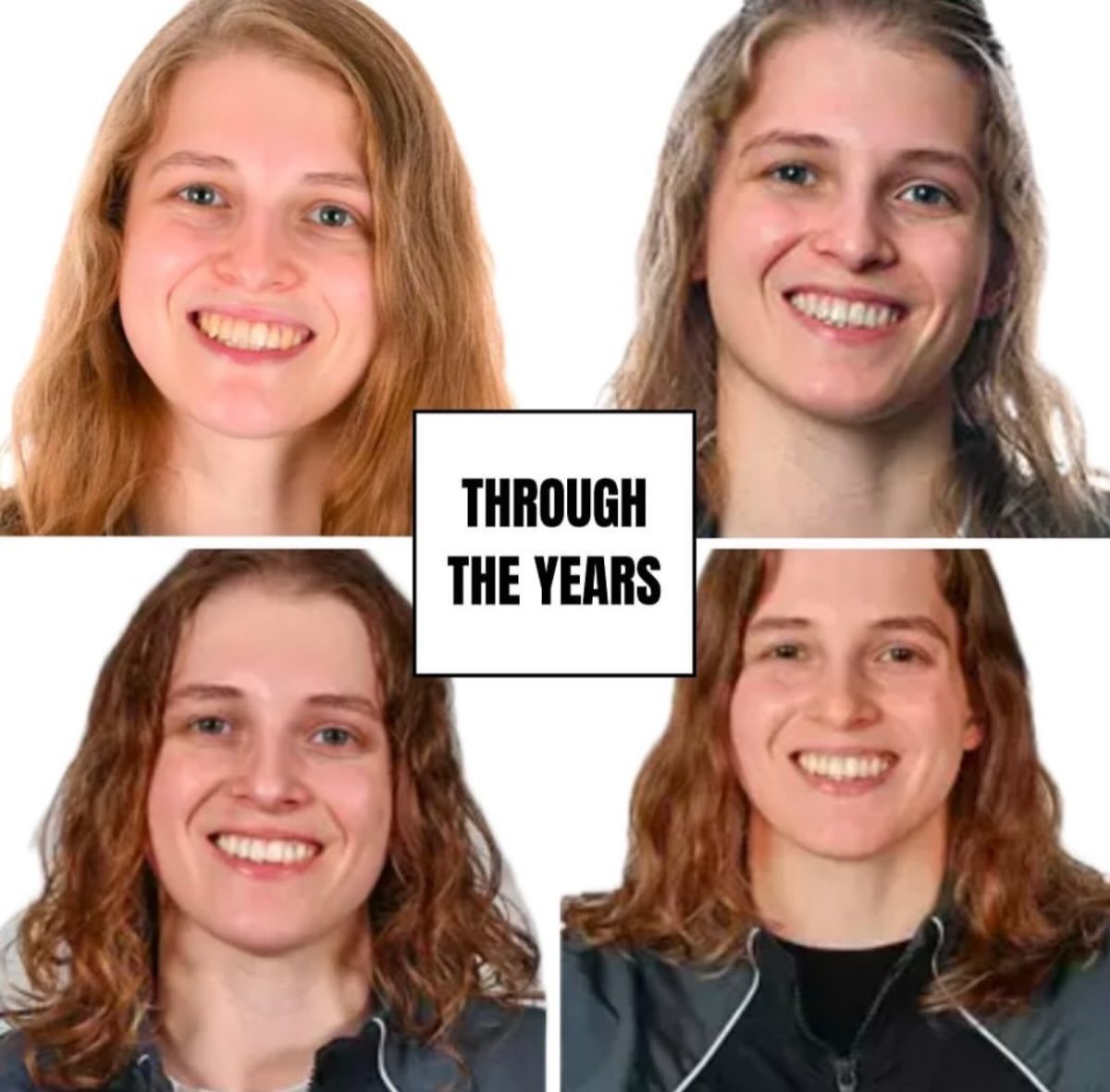



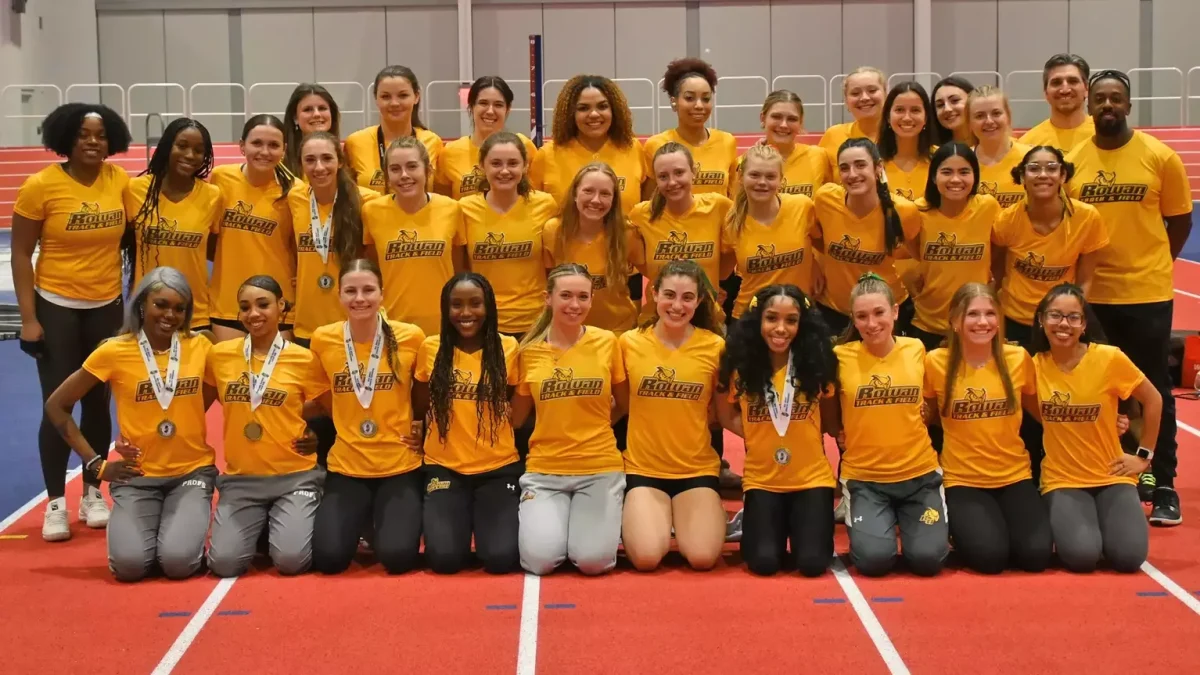



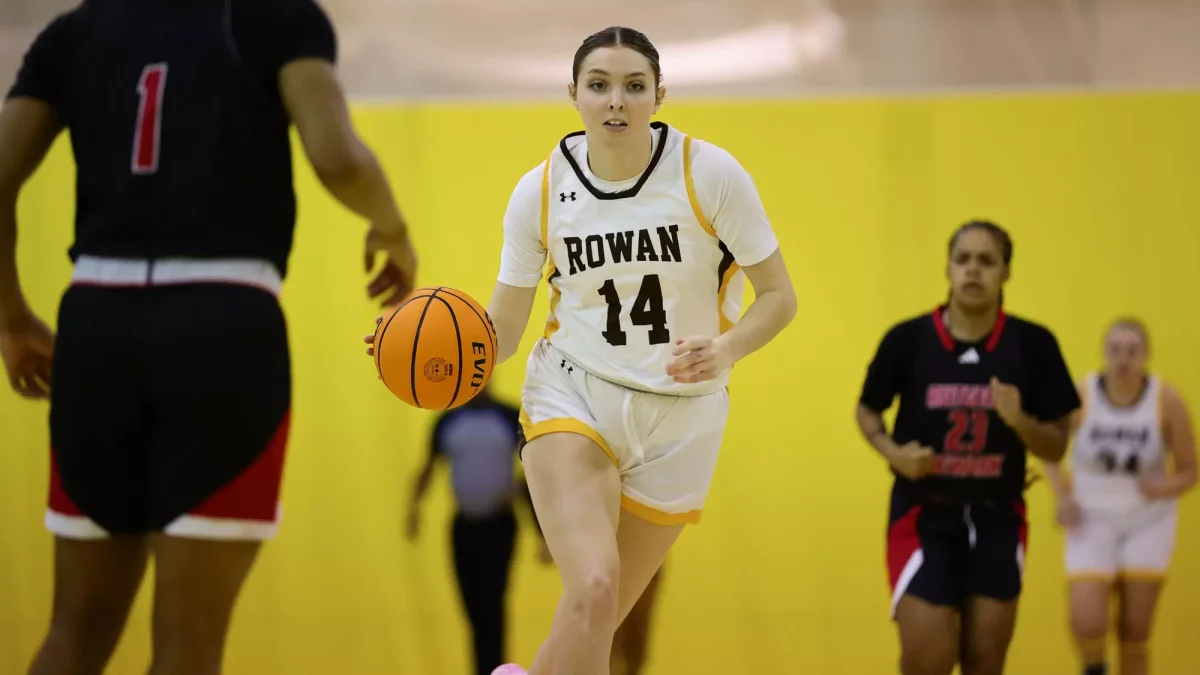
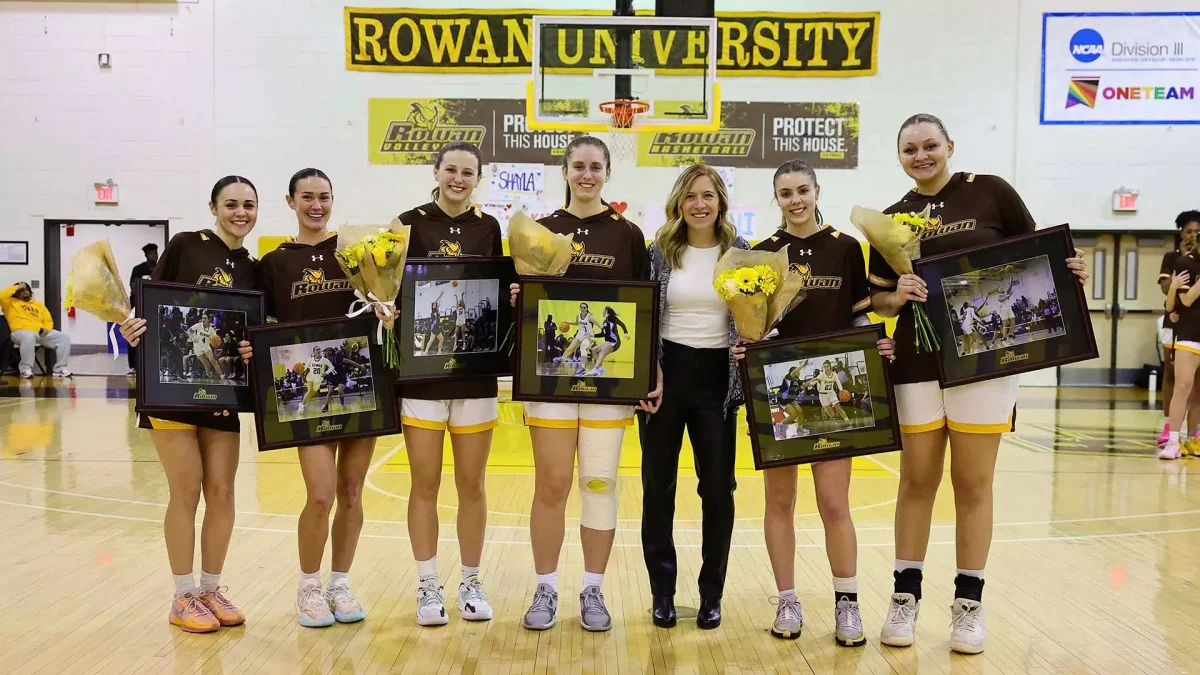
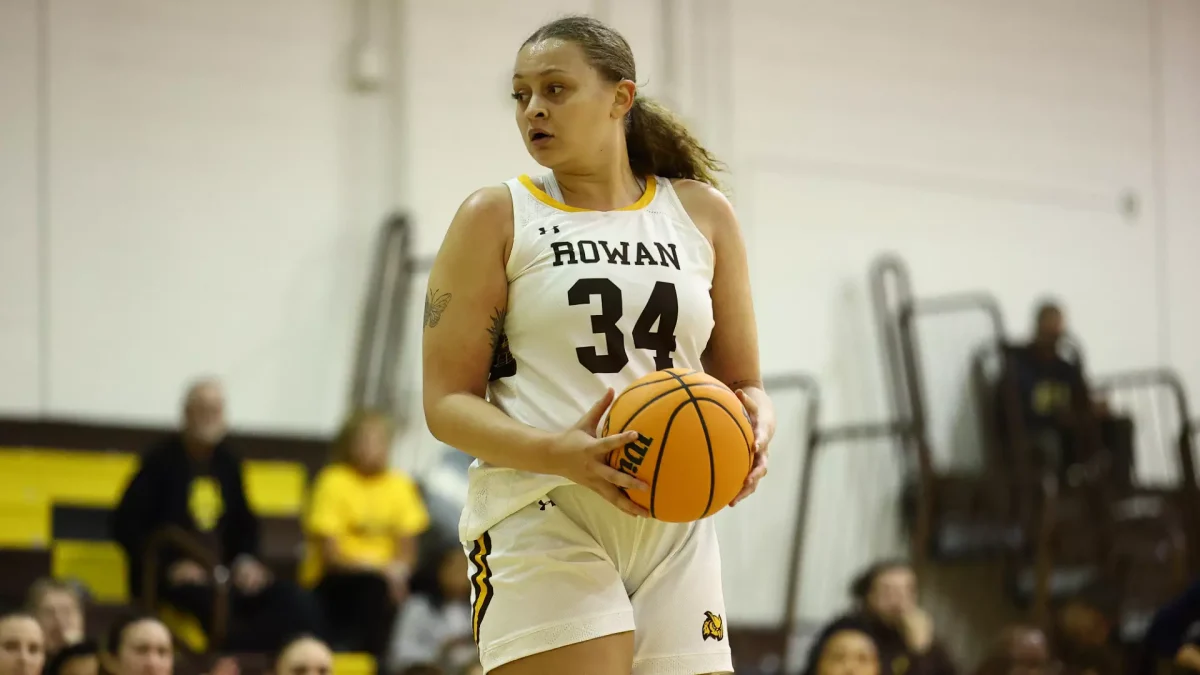
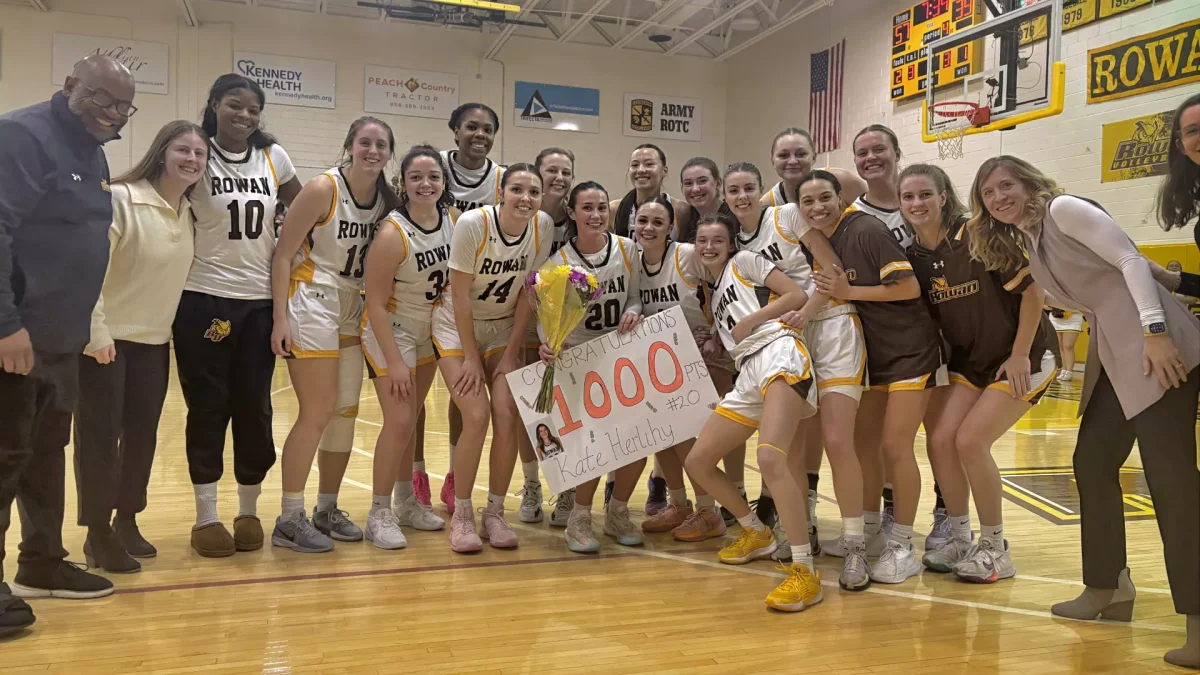








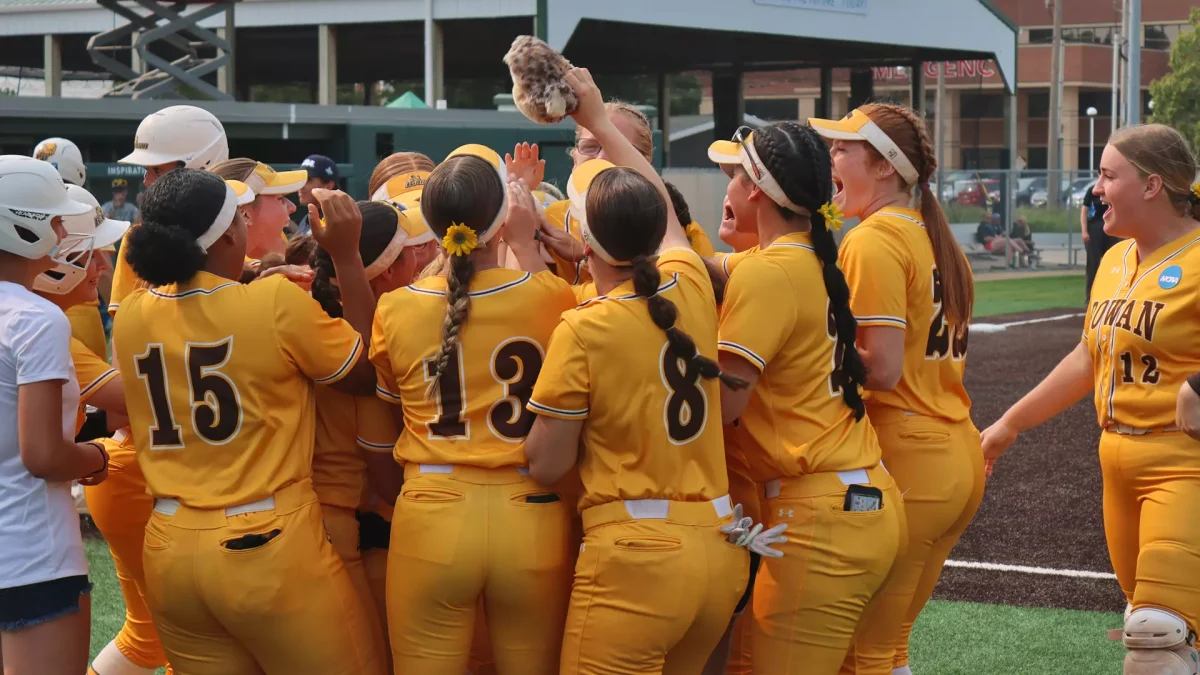


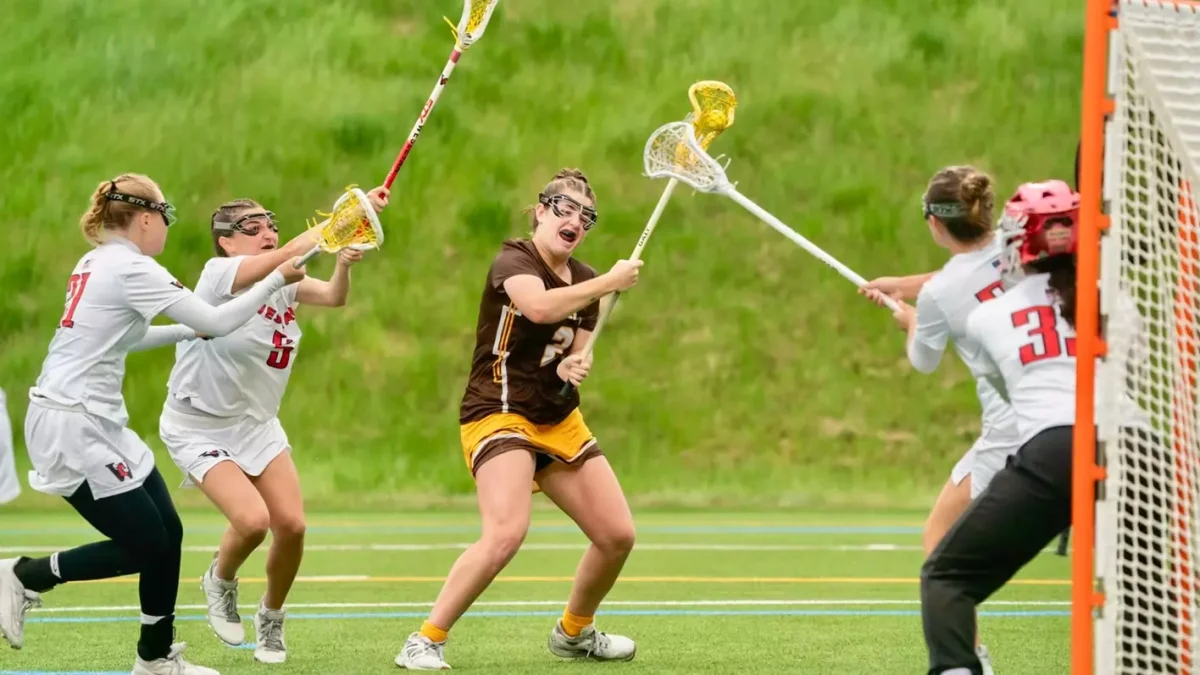





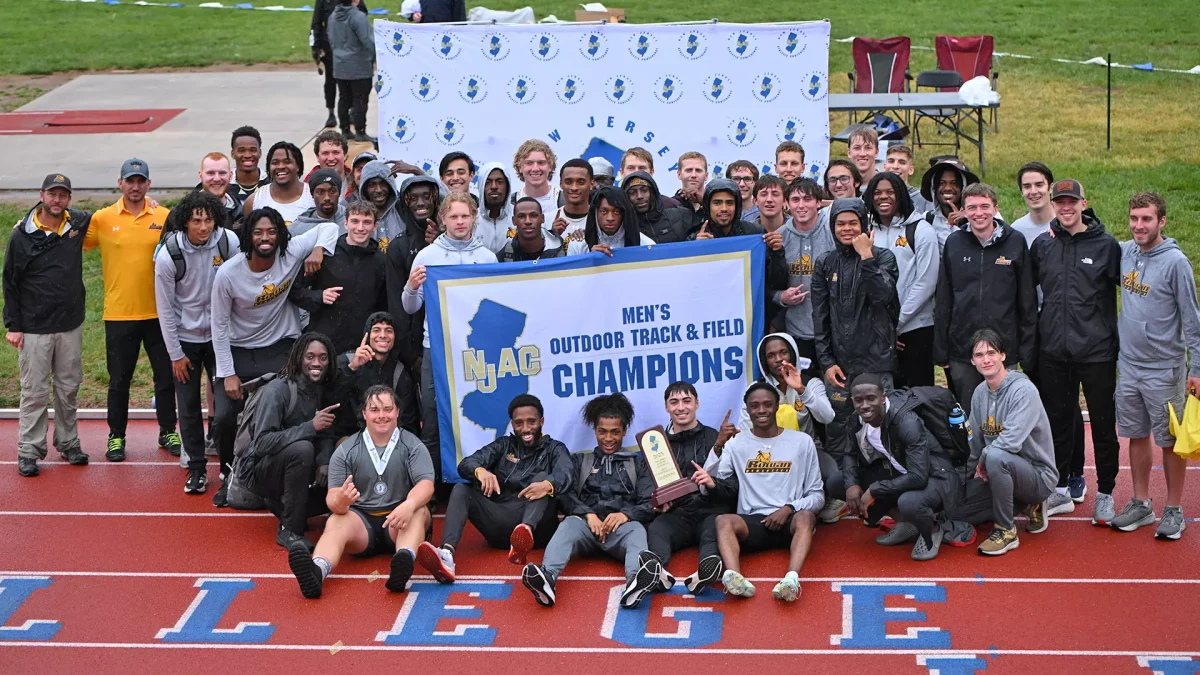




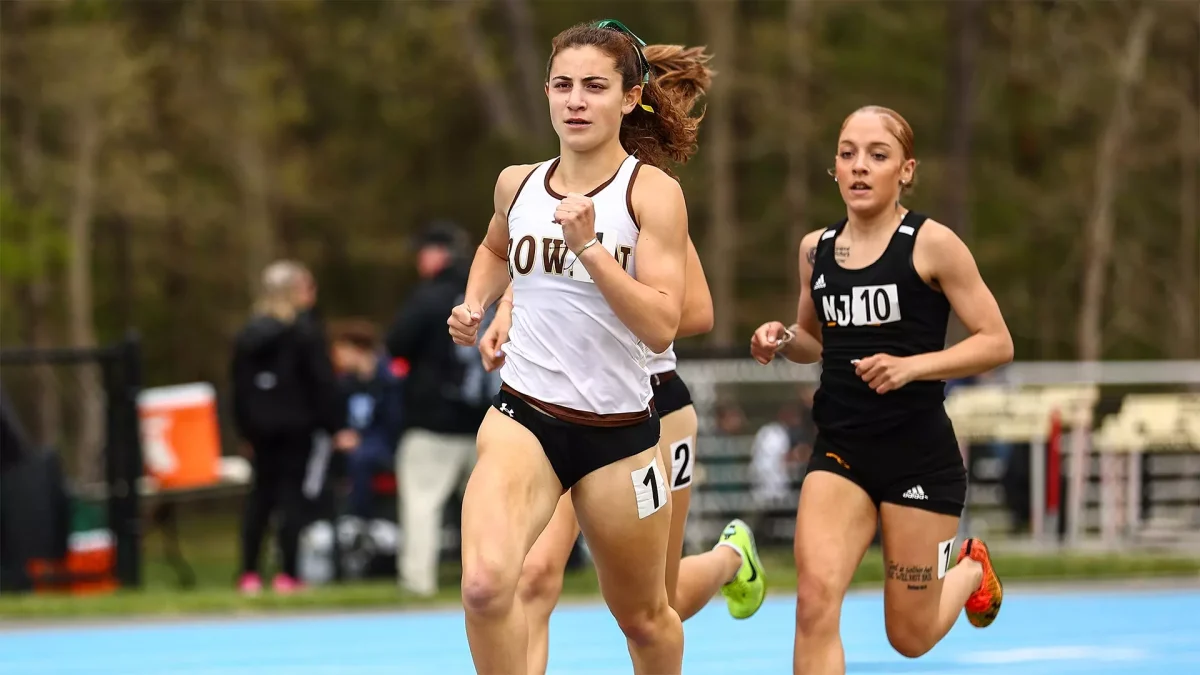
















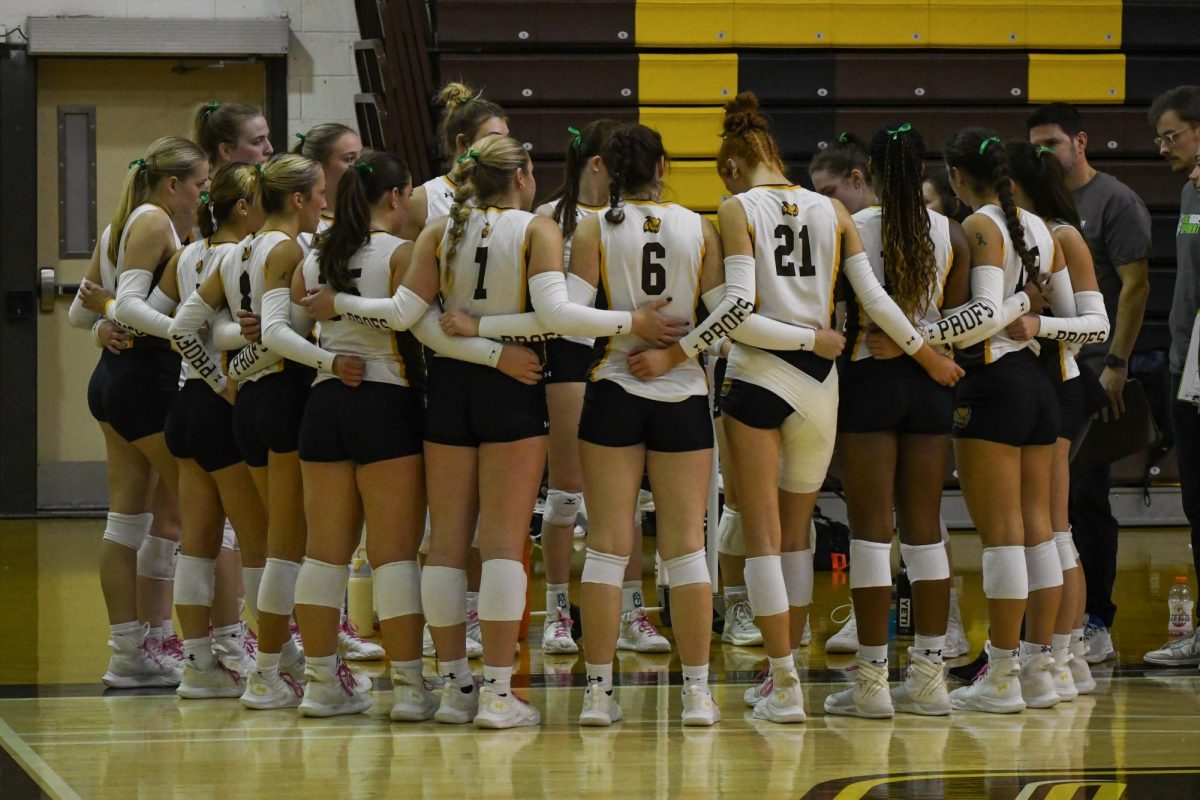












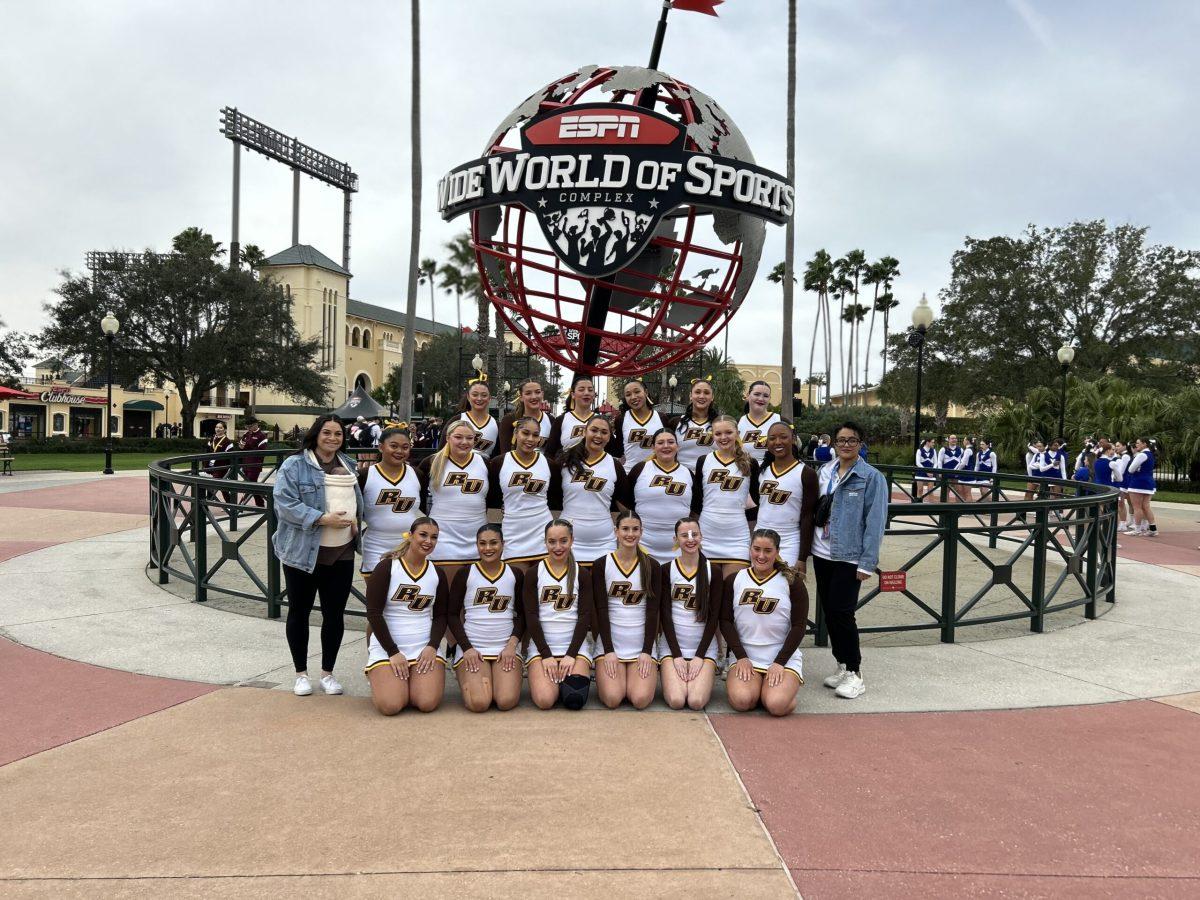
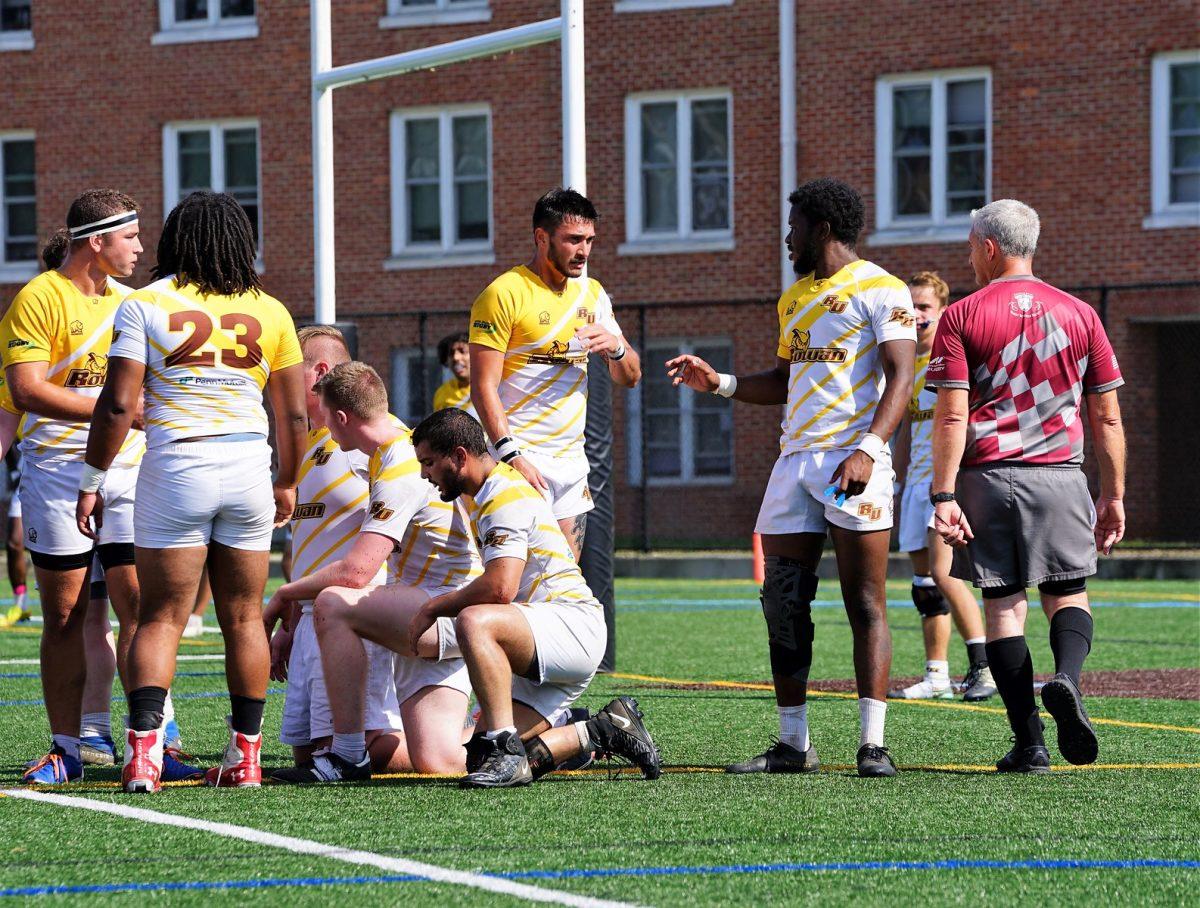









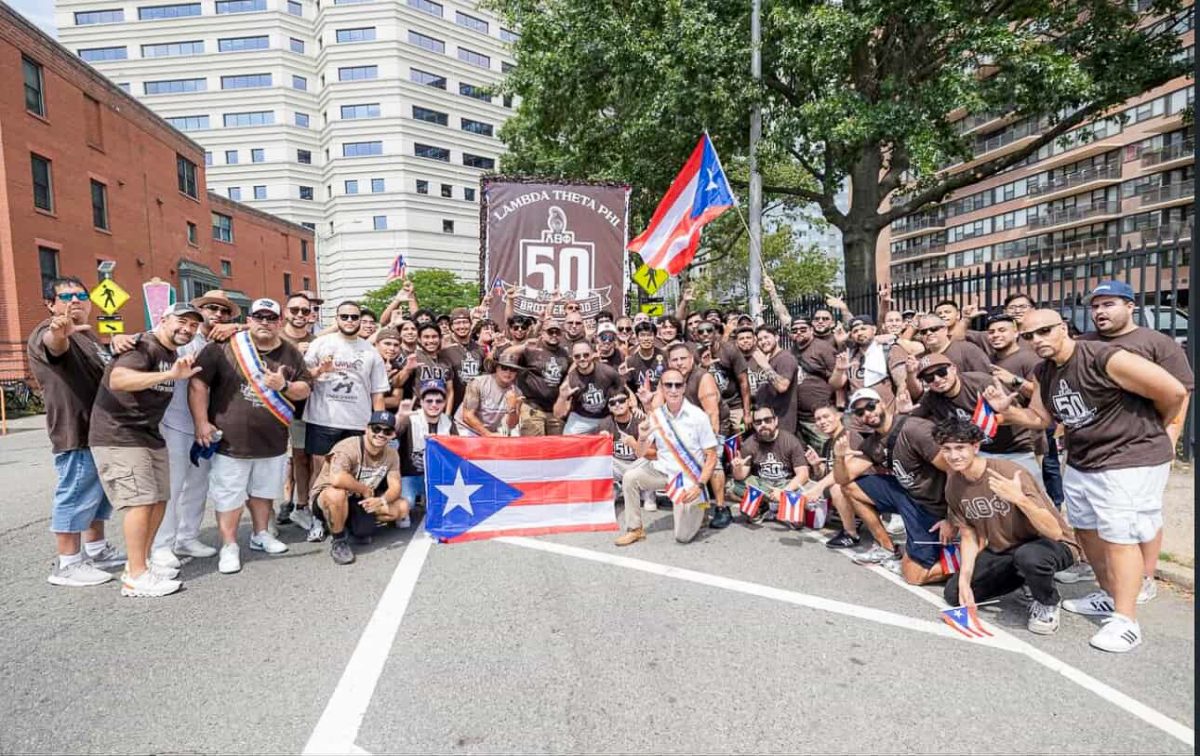



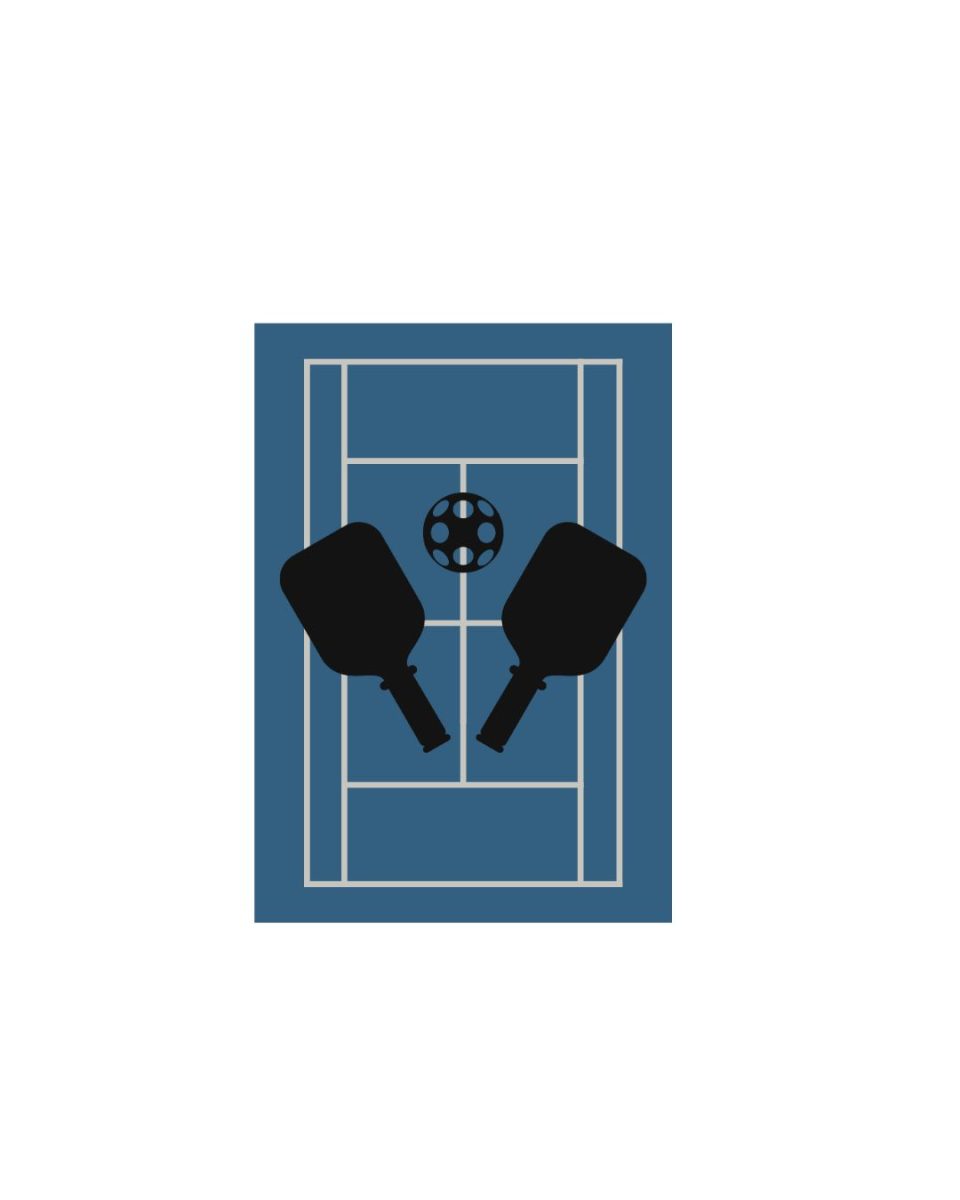
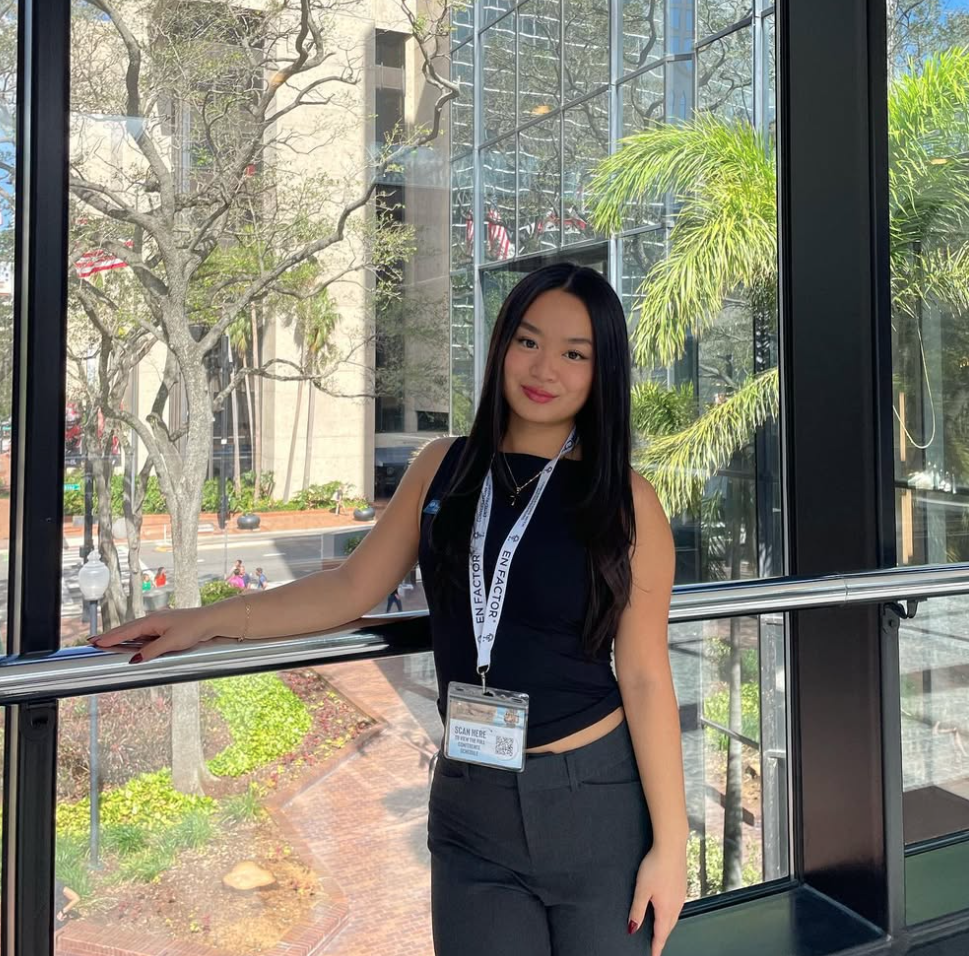
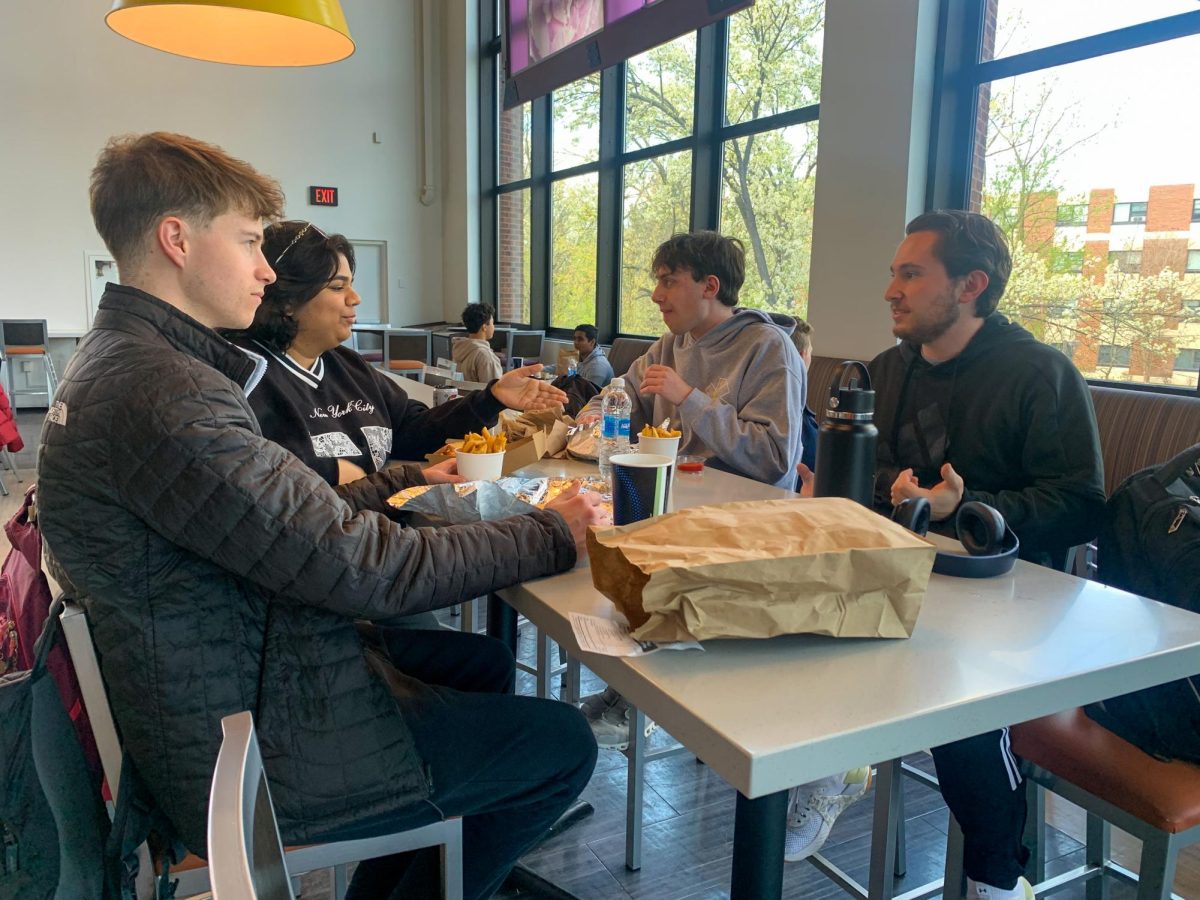
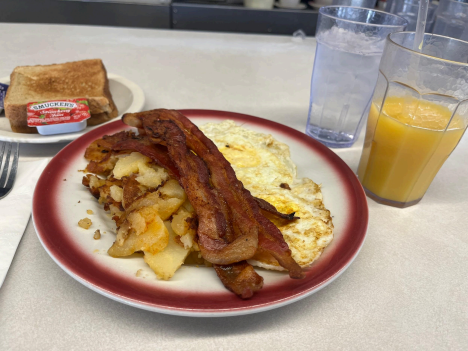

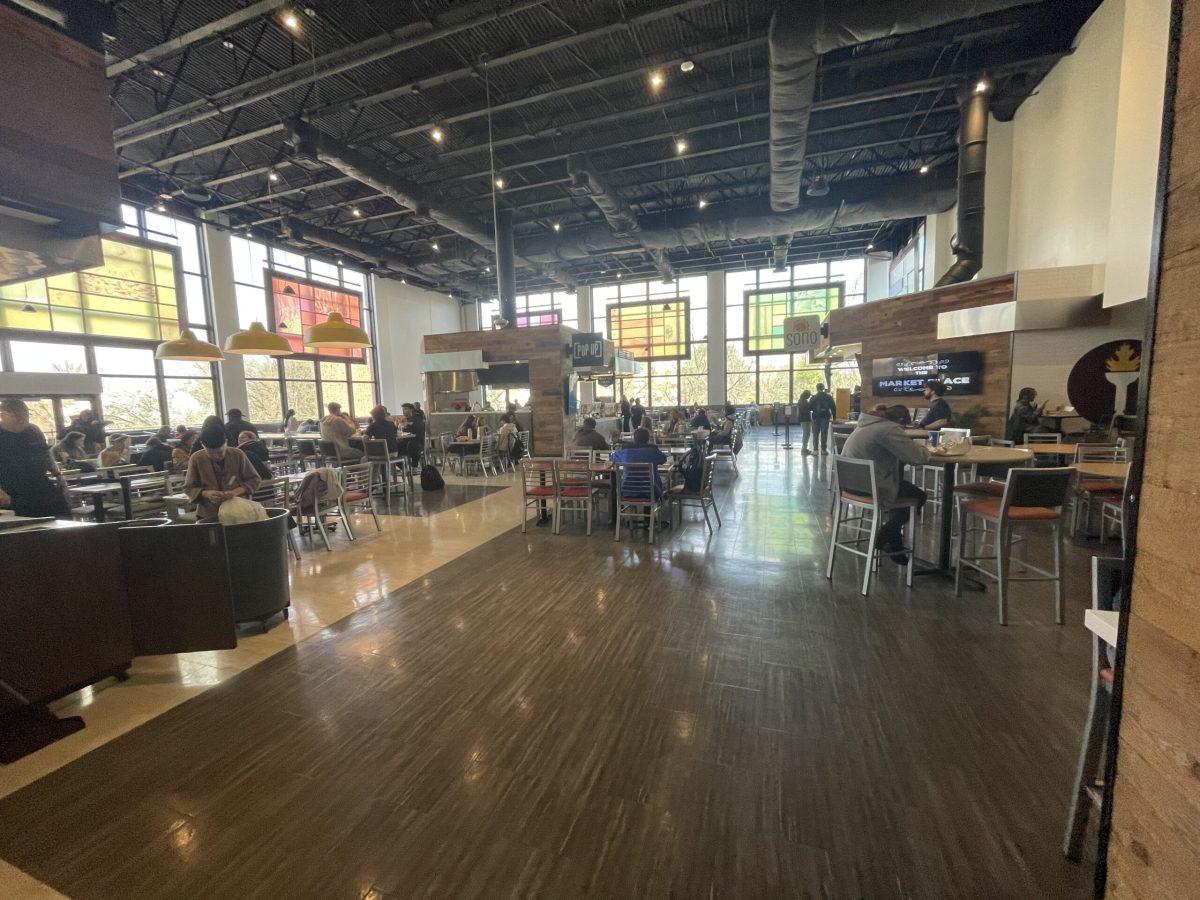
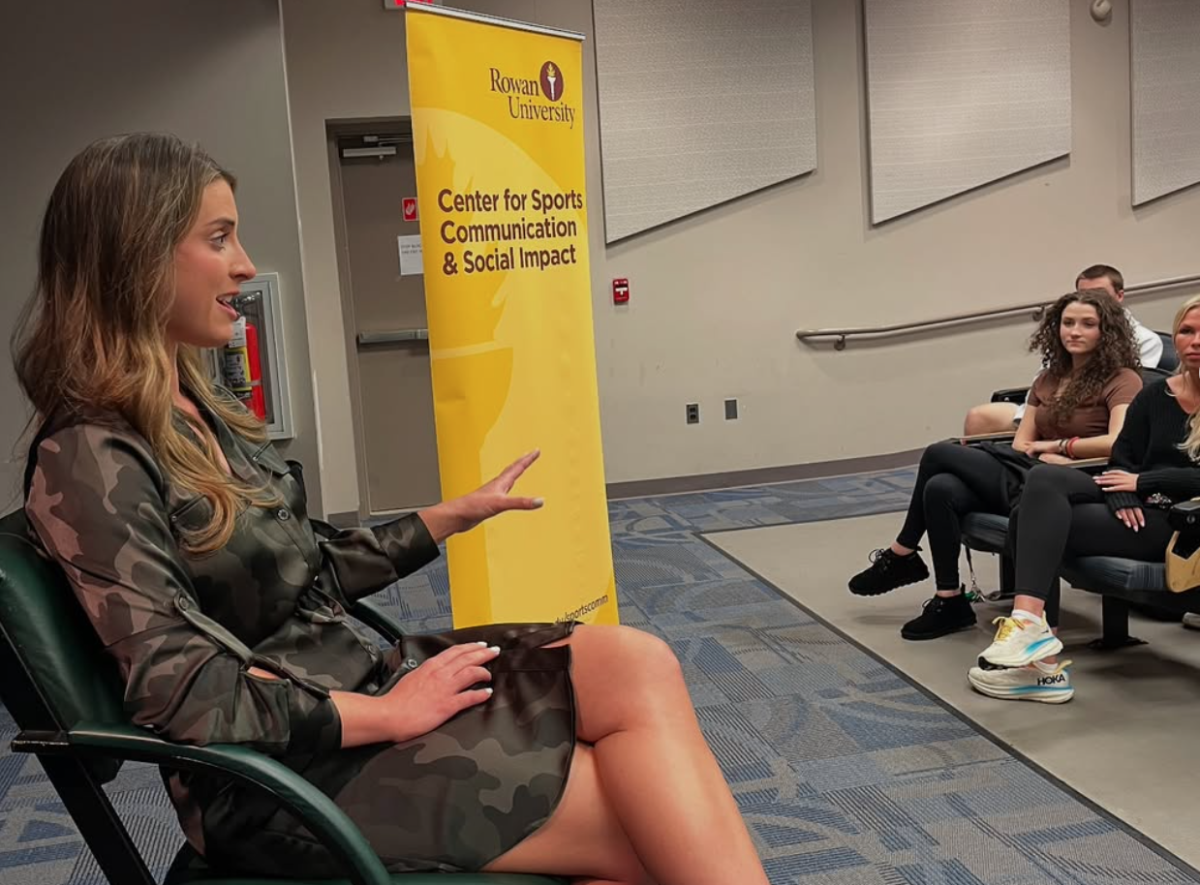







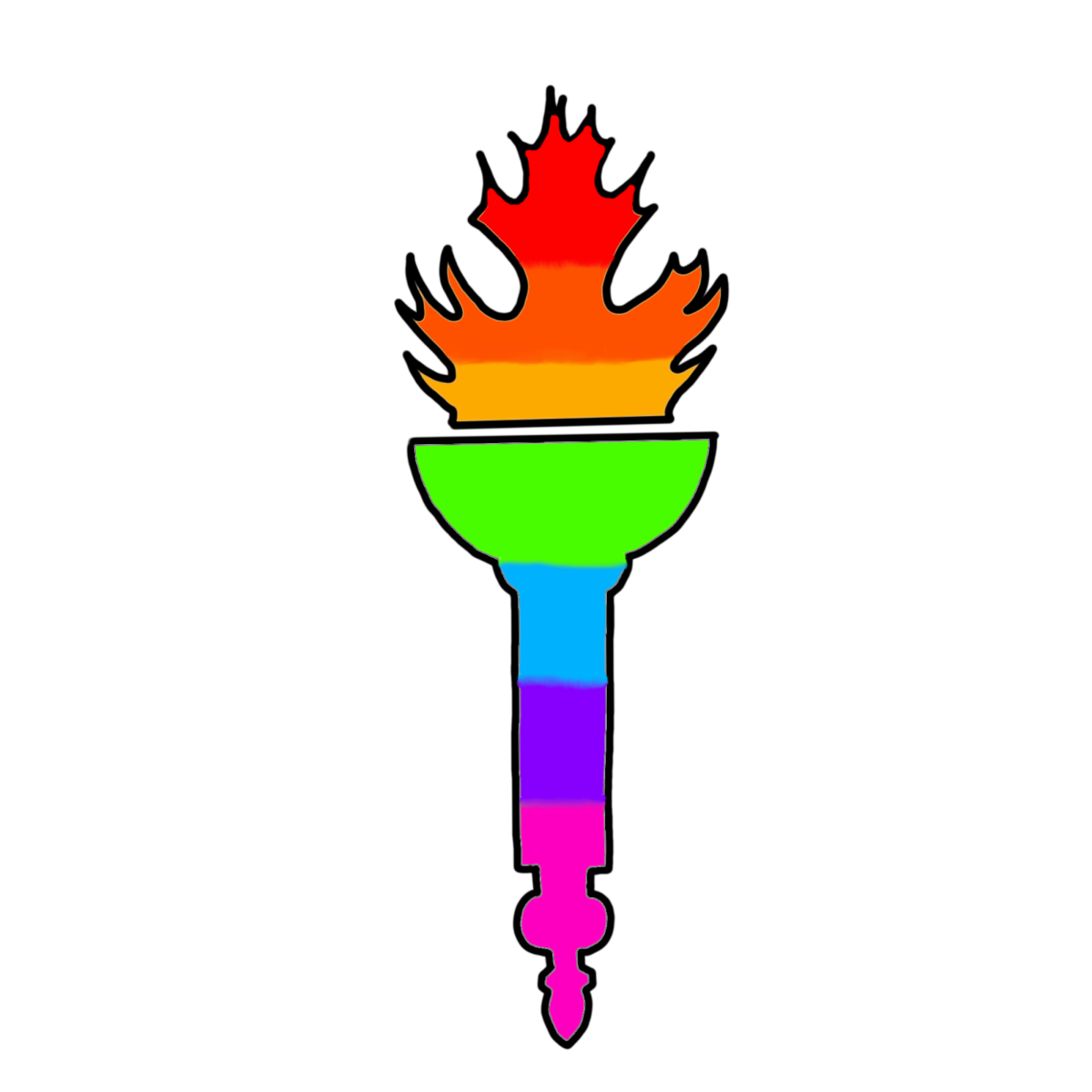


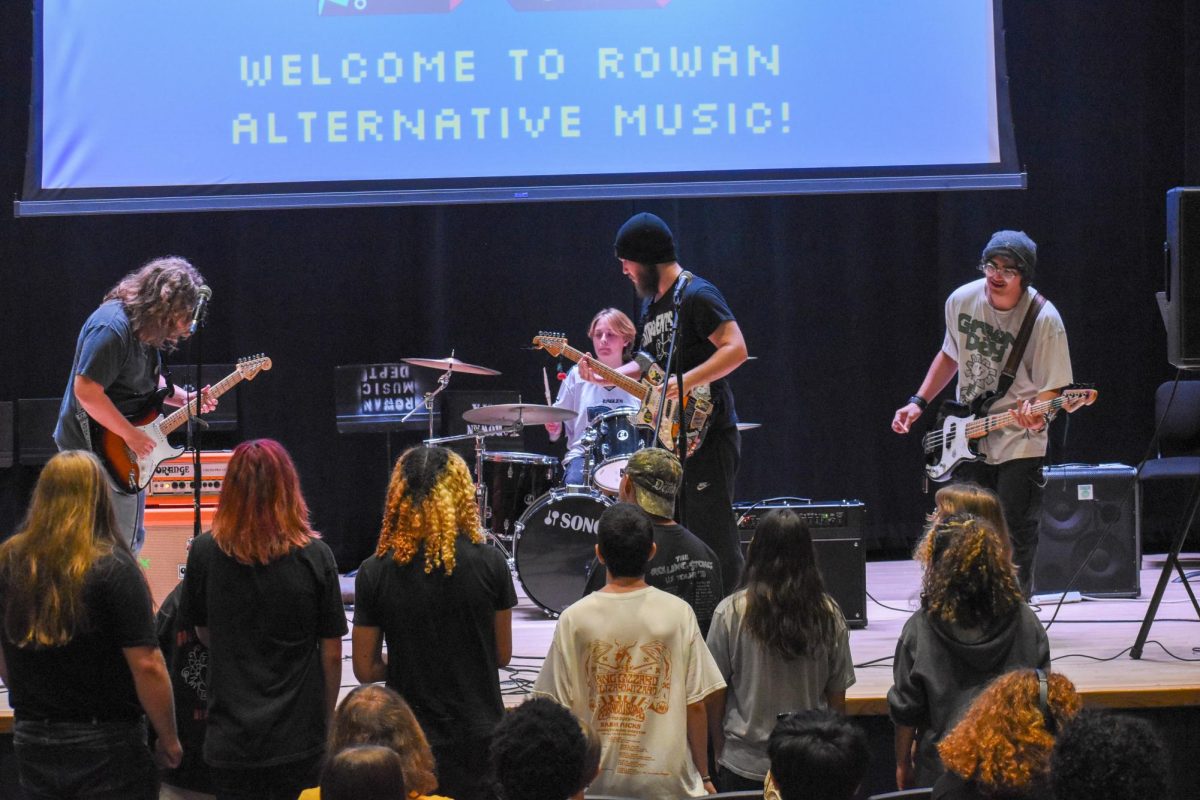



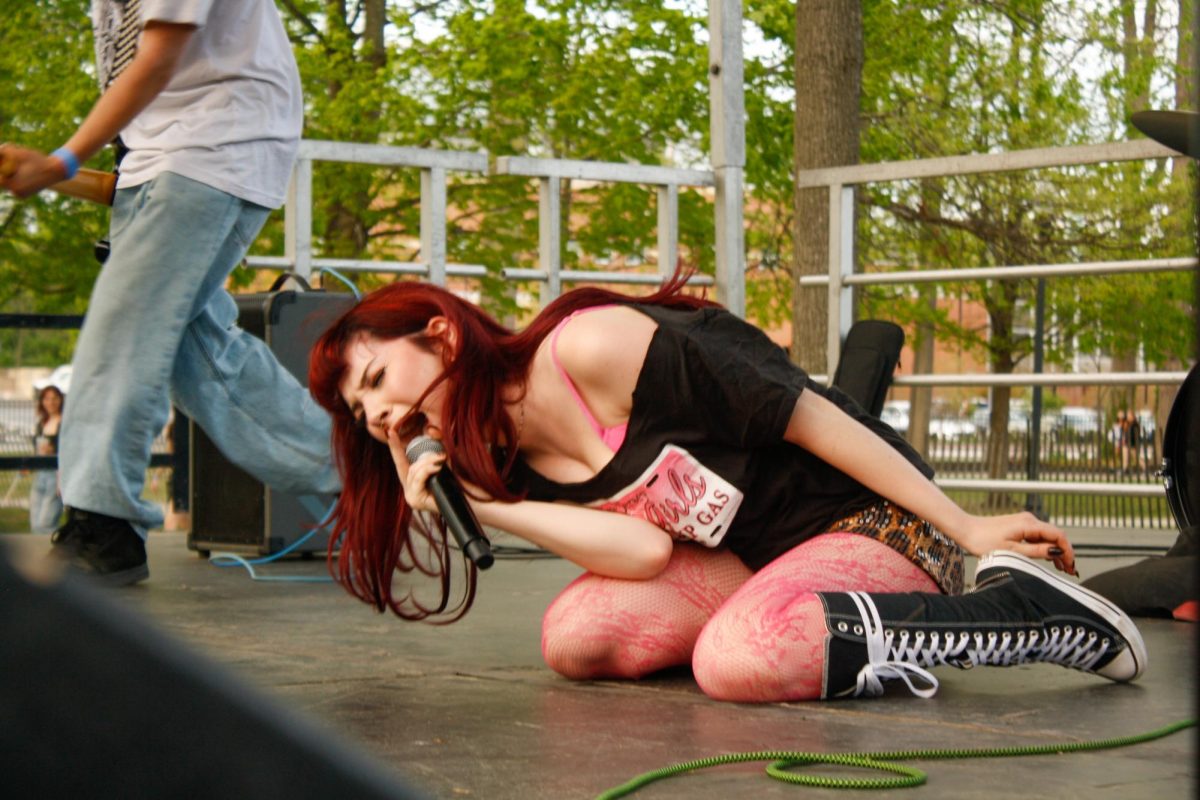
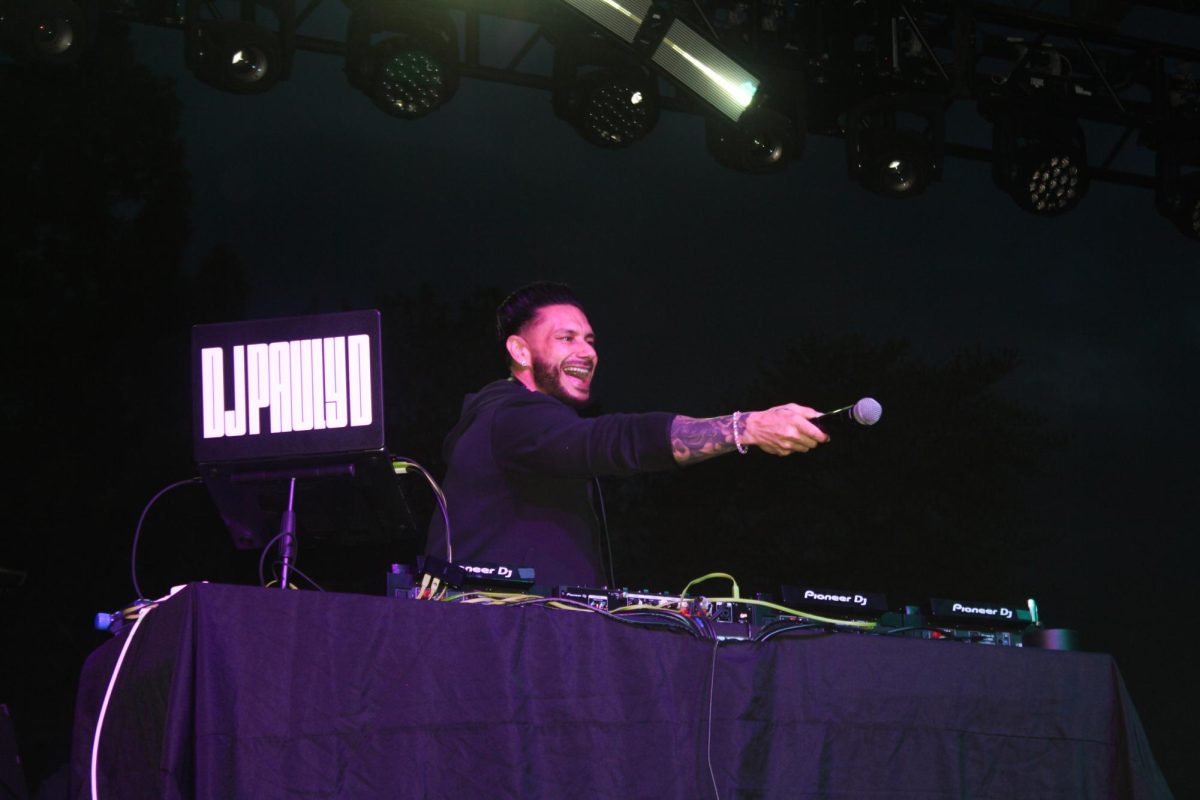

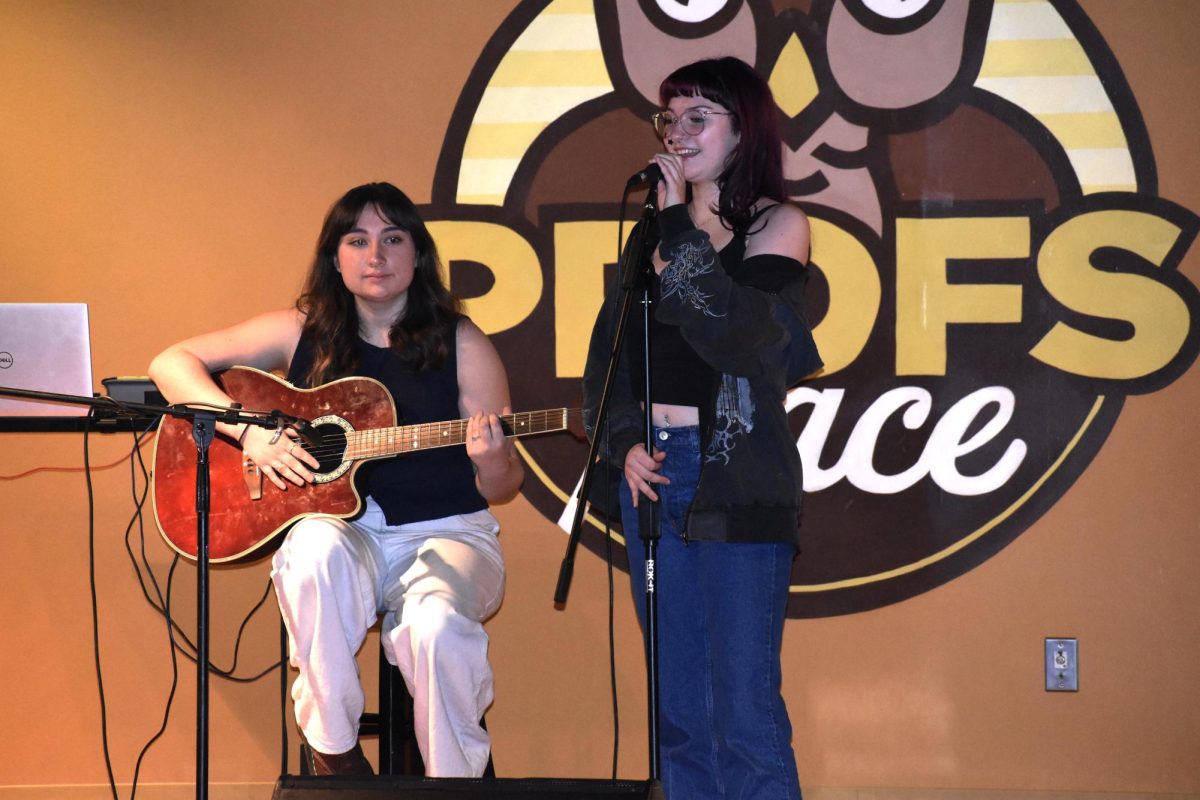
!["Working with [Dr. Lynch] is always a learning experience for me. She is a treasure,” said Thomas. - Staff Writer / Kacie Scibilia](https://thewhitonline.com/wp-content/uploads/2025/04/choir-1-1200x694.jpg)
